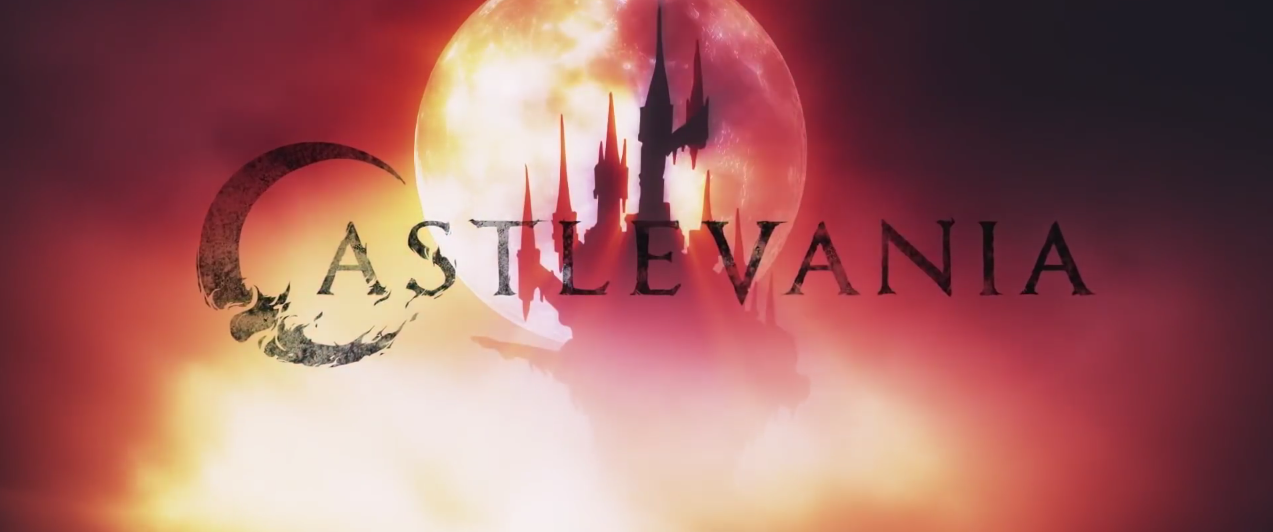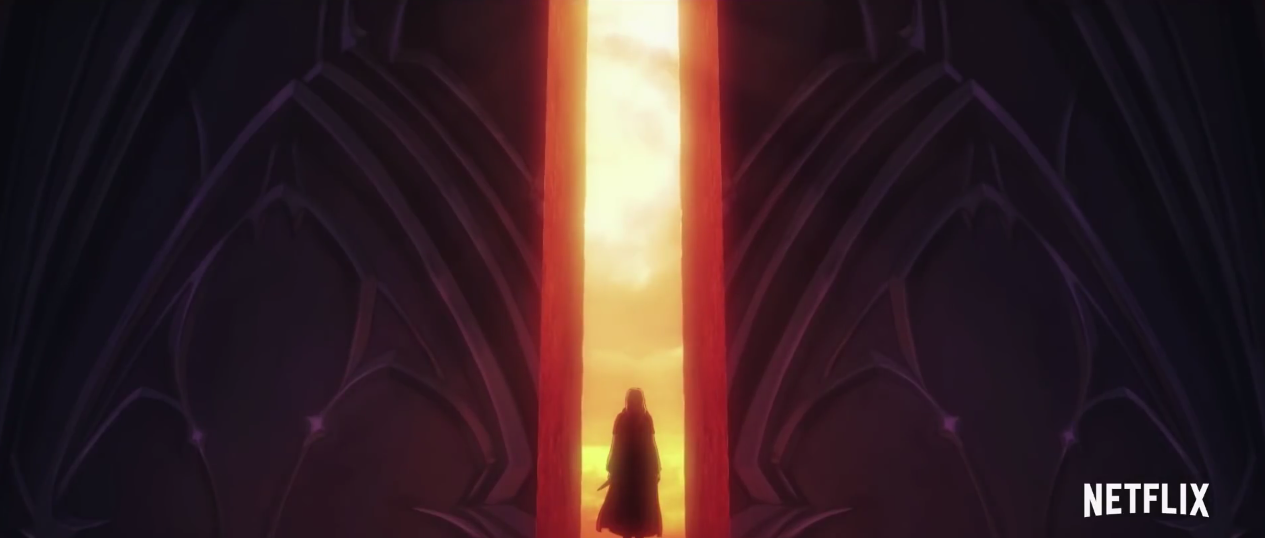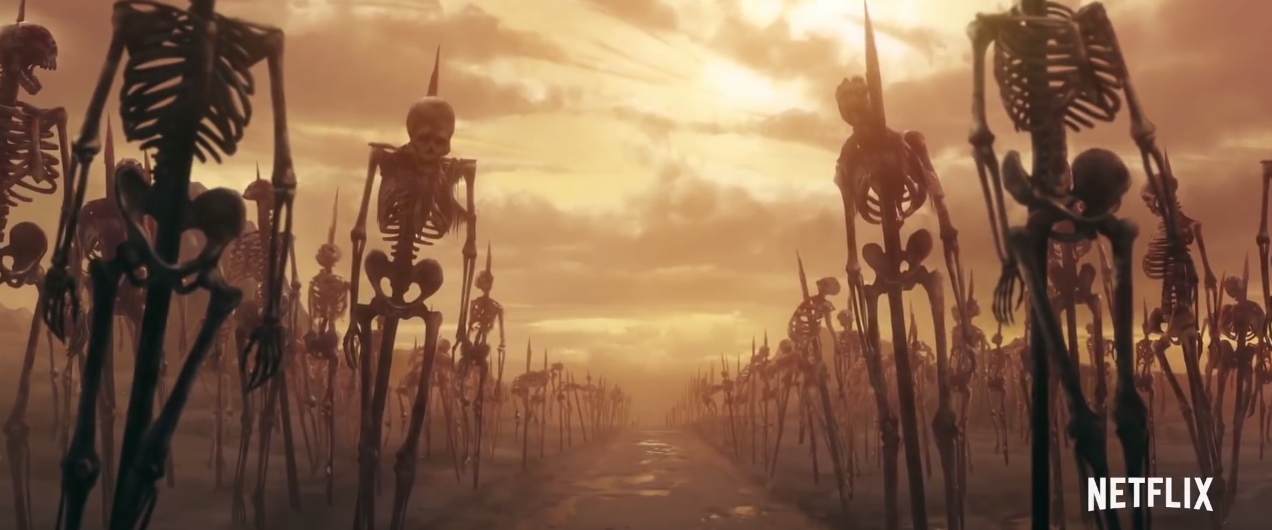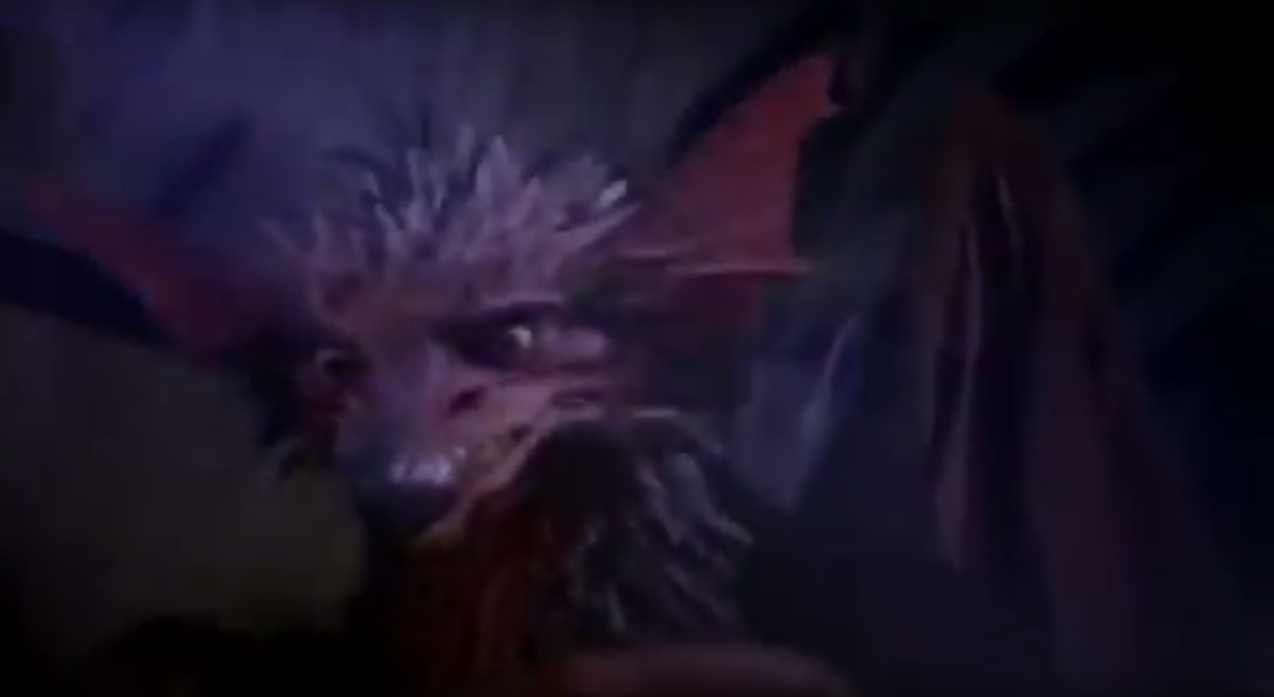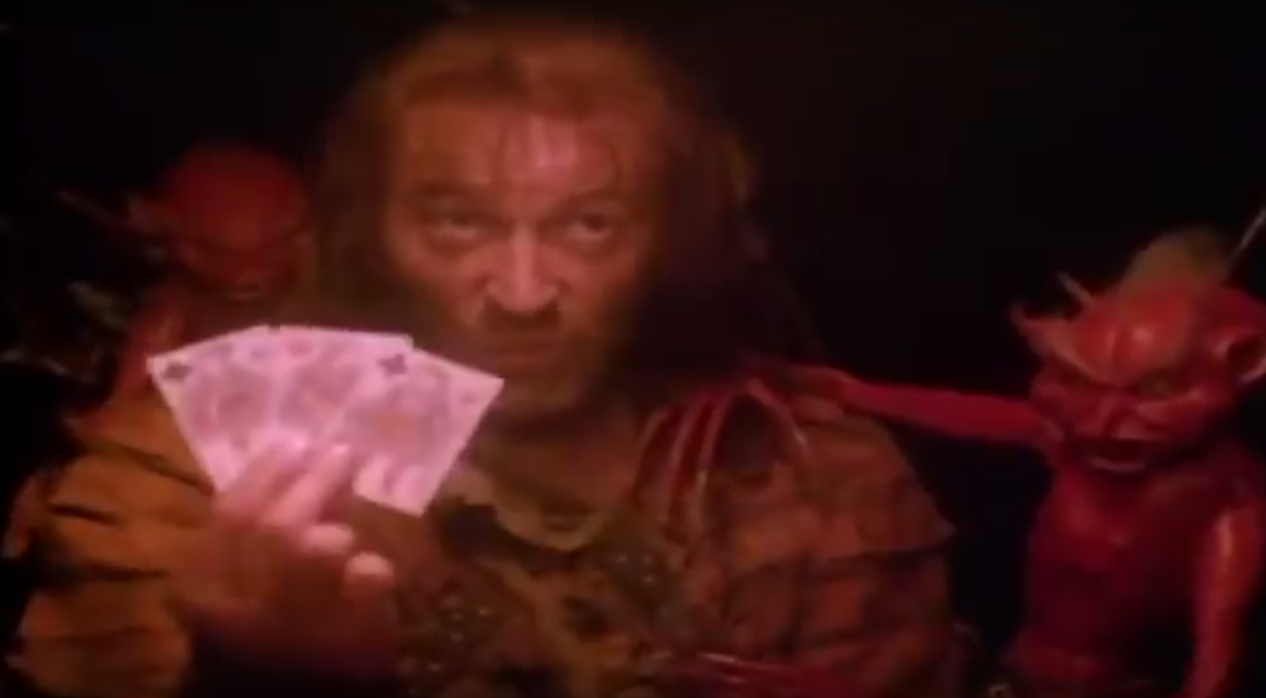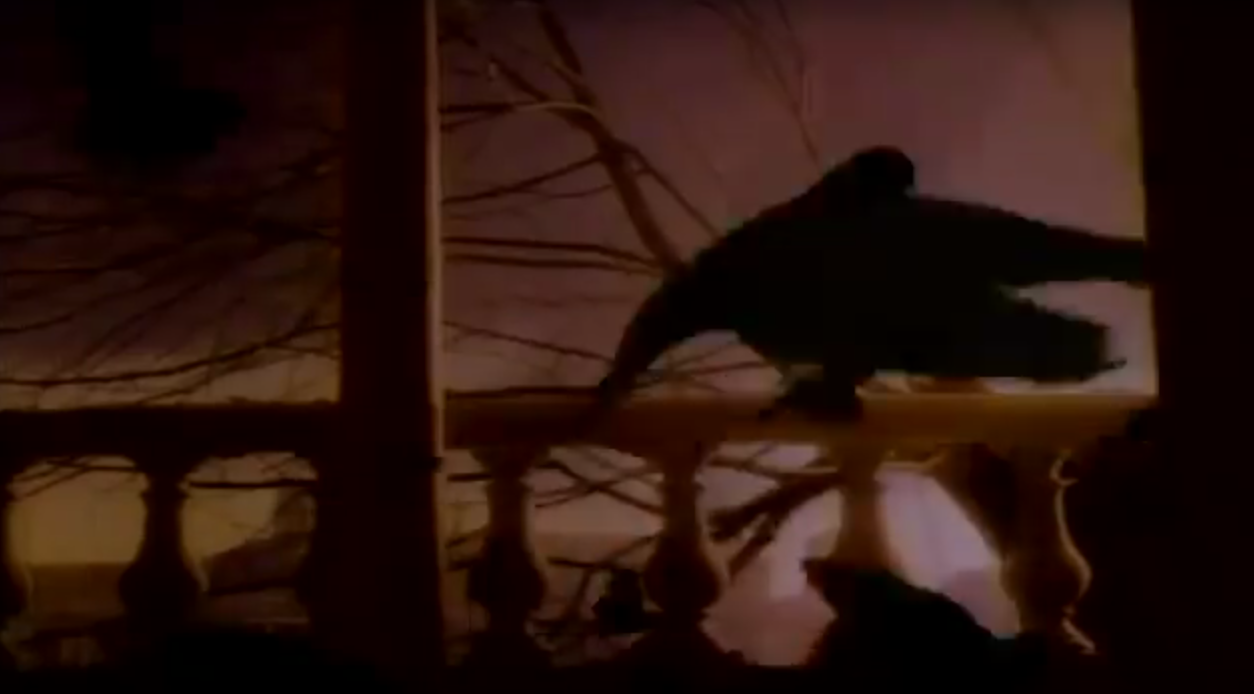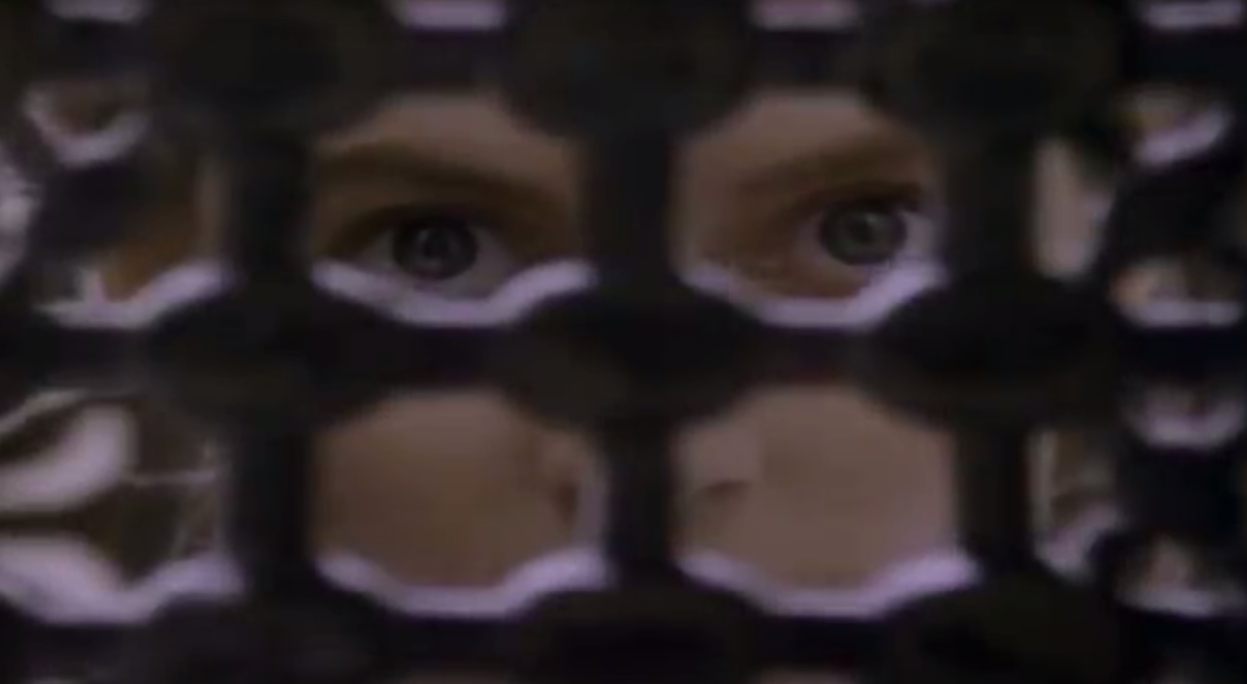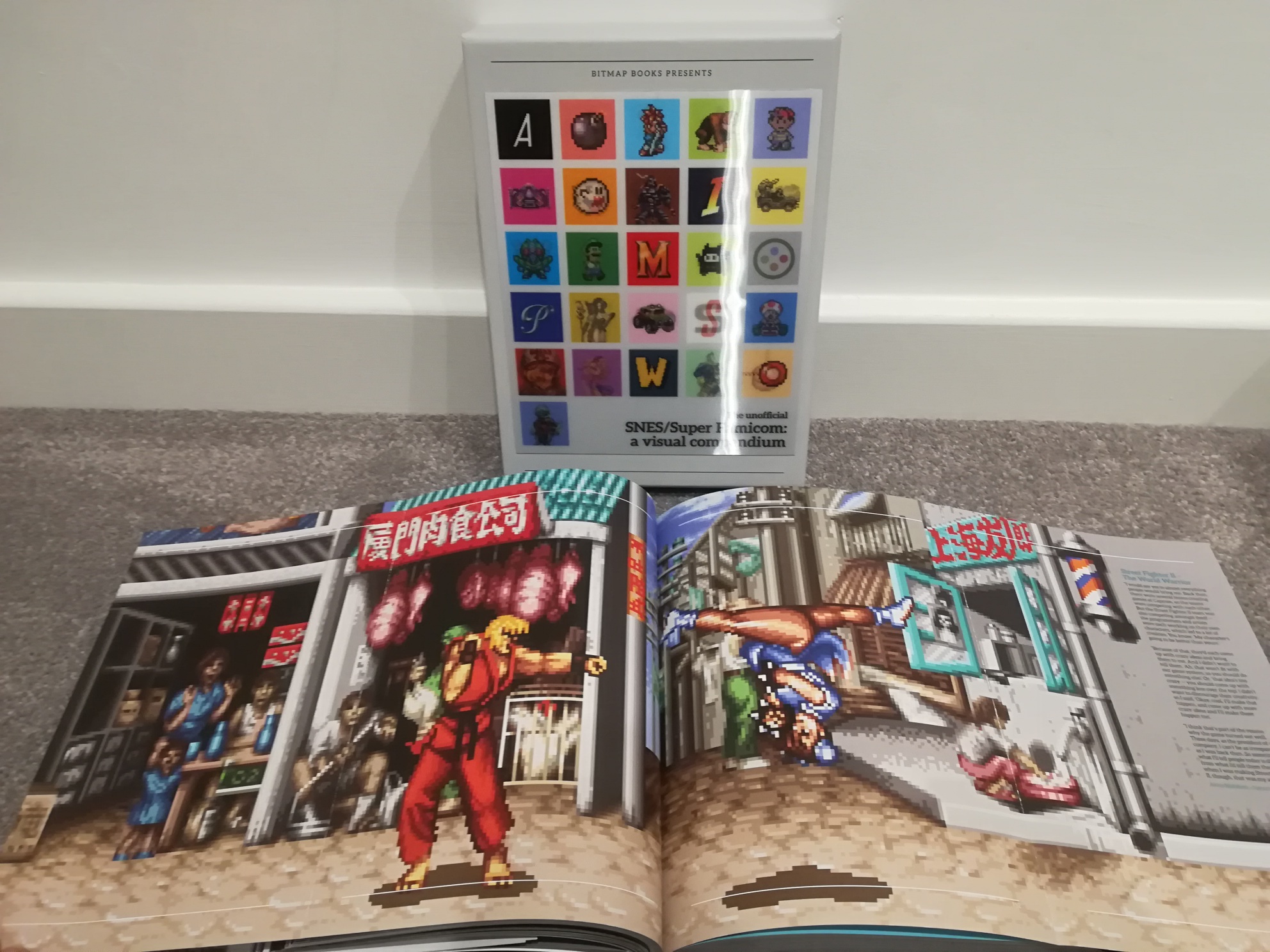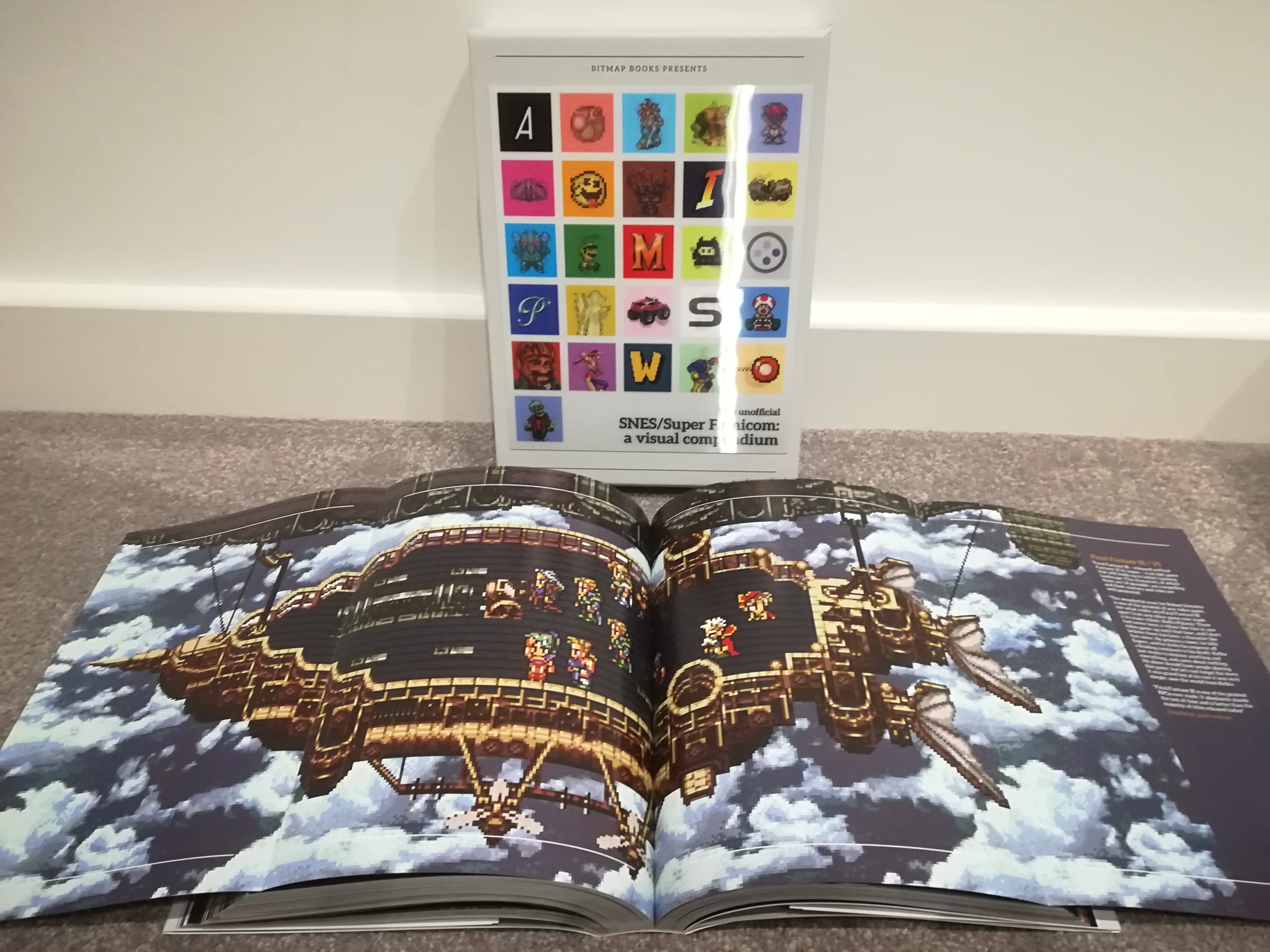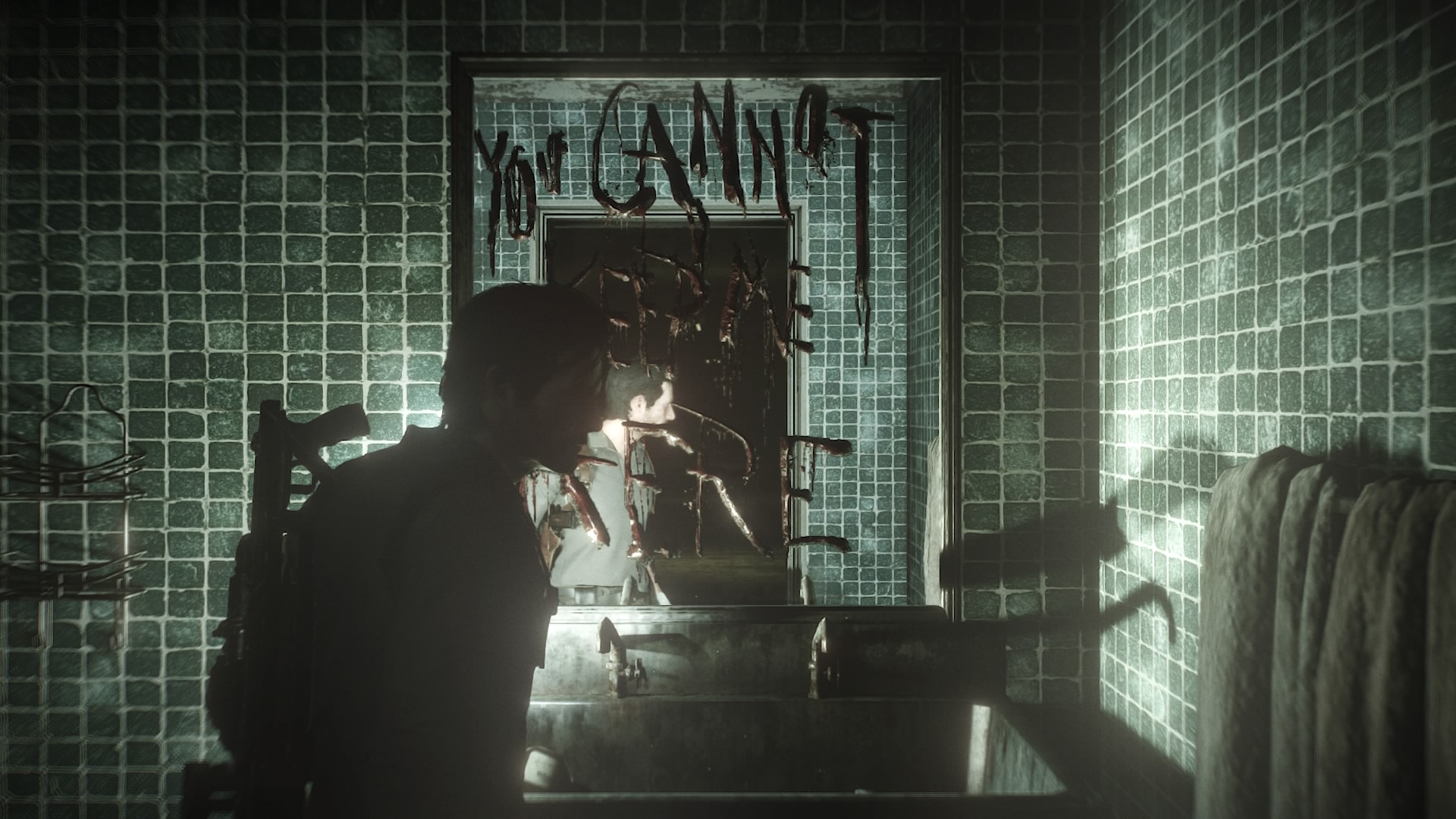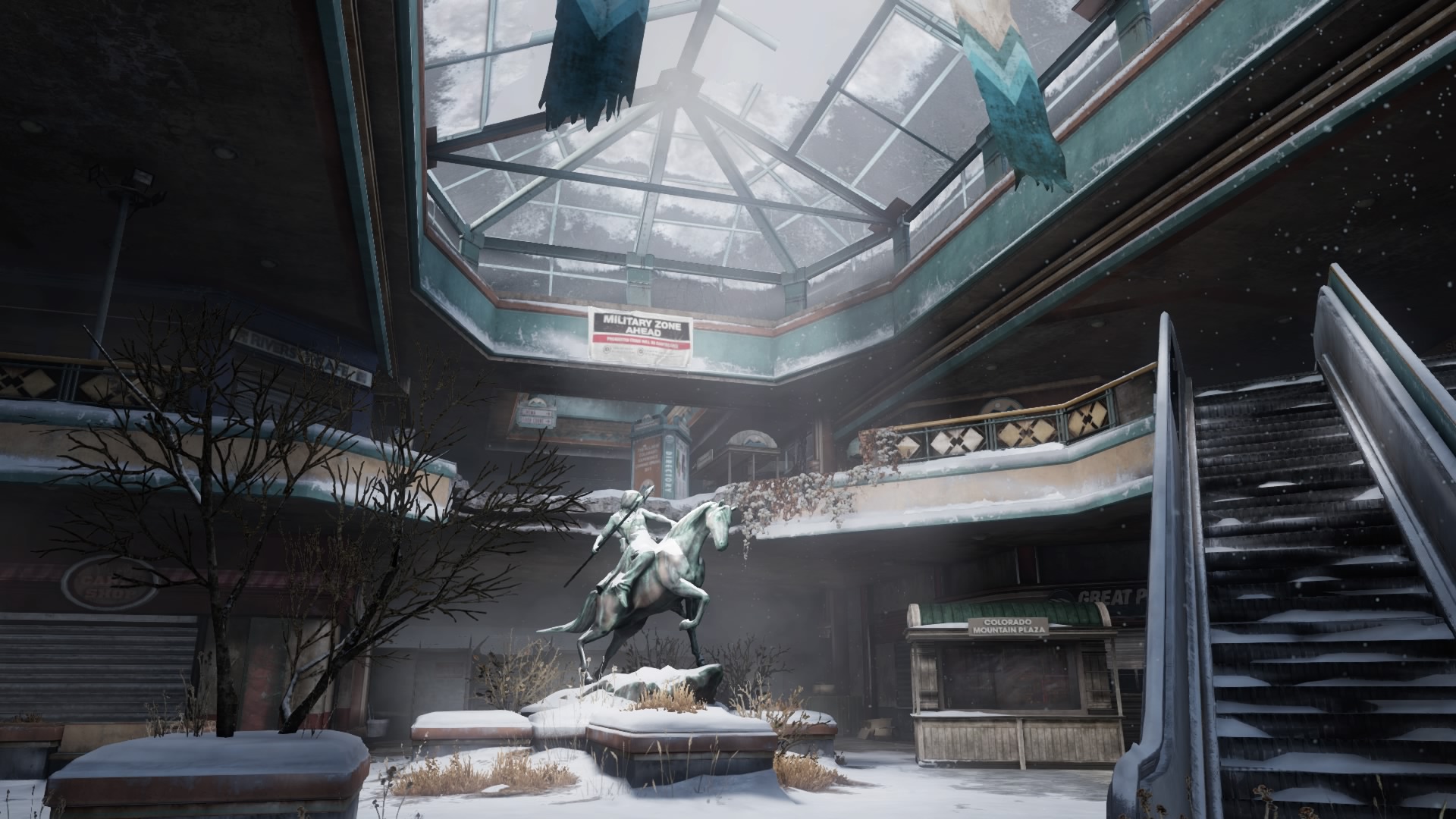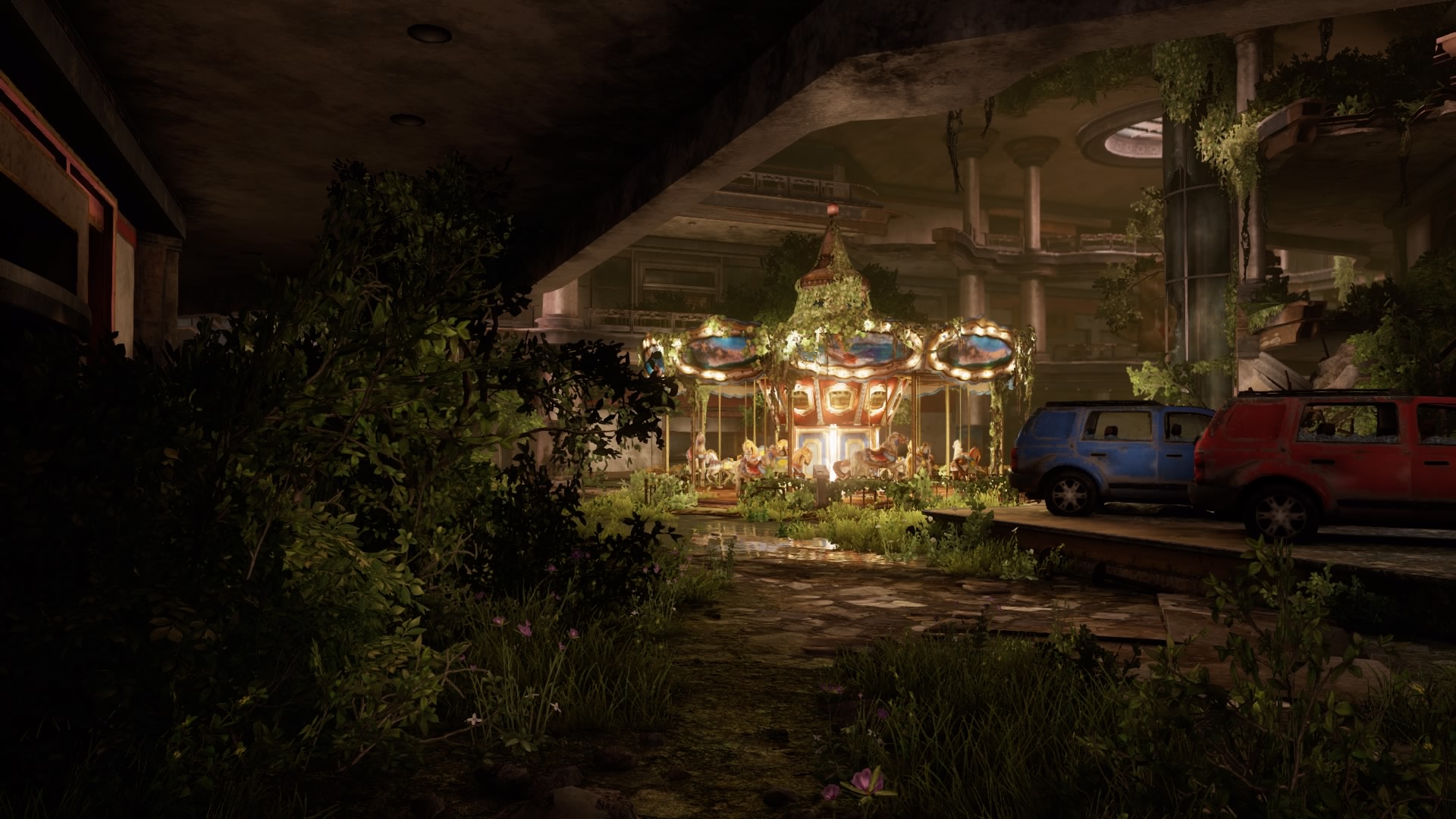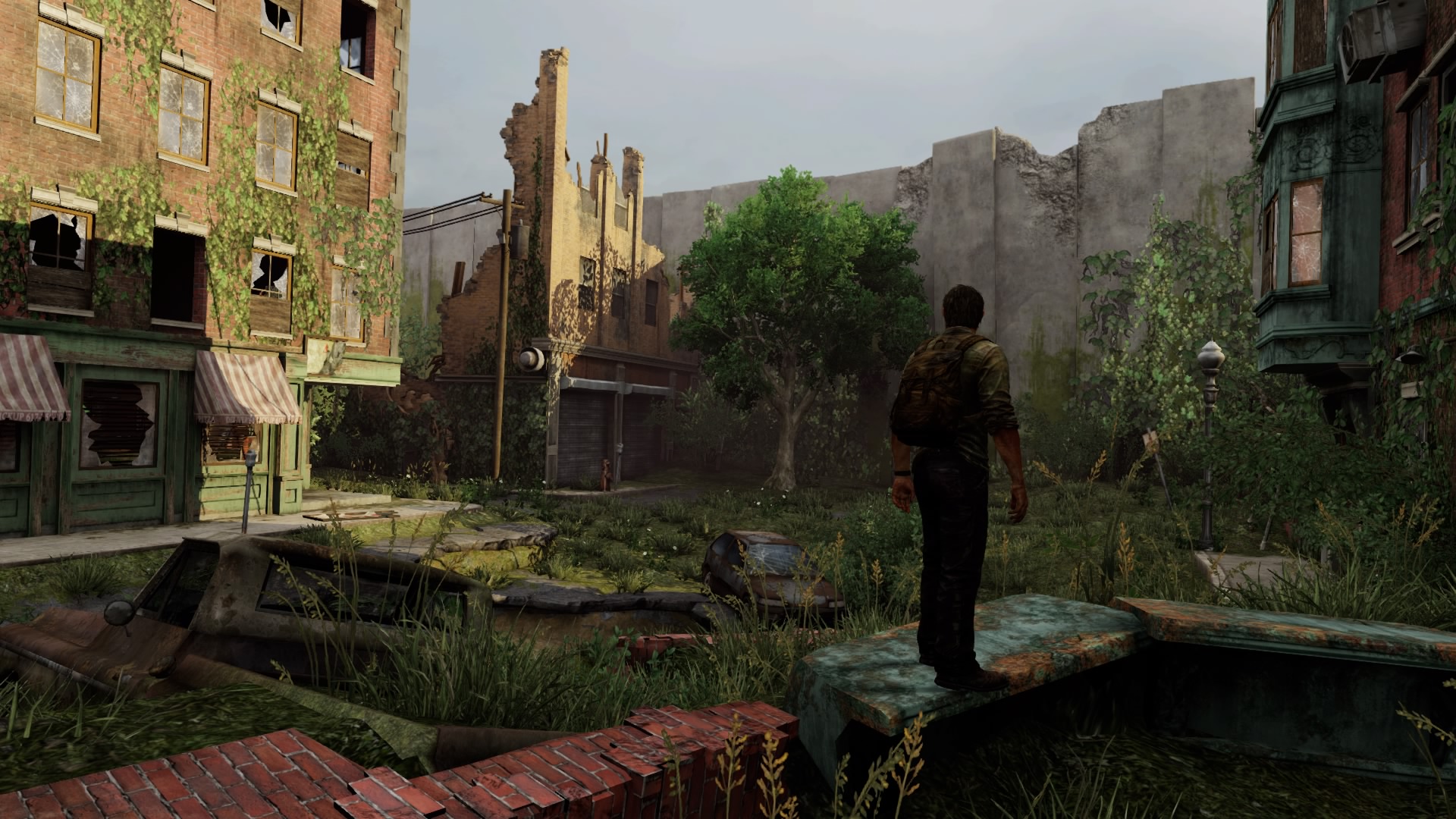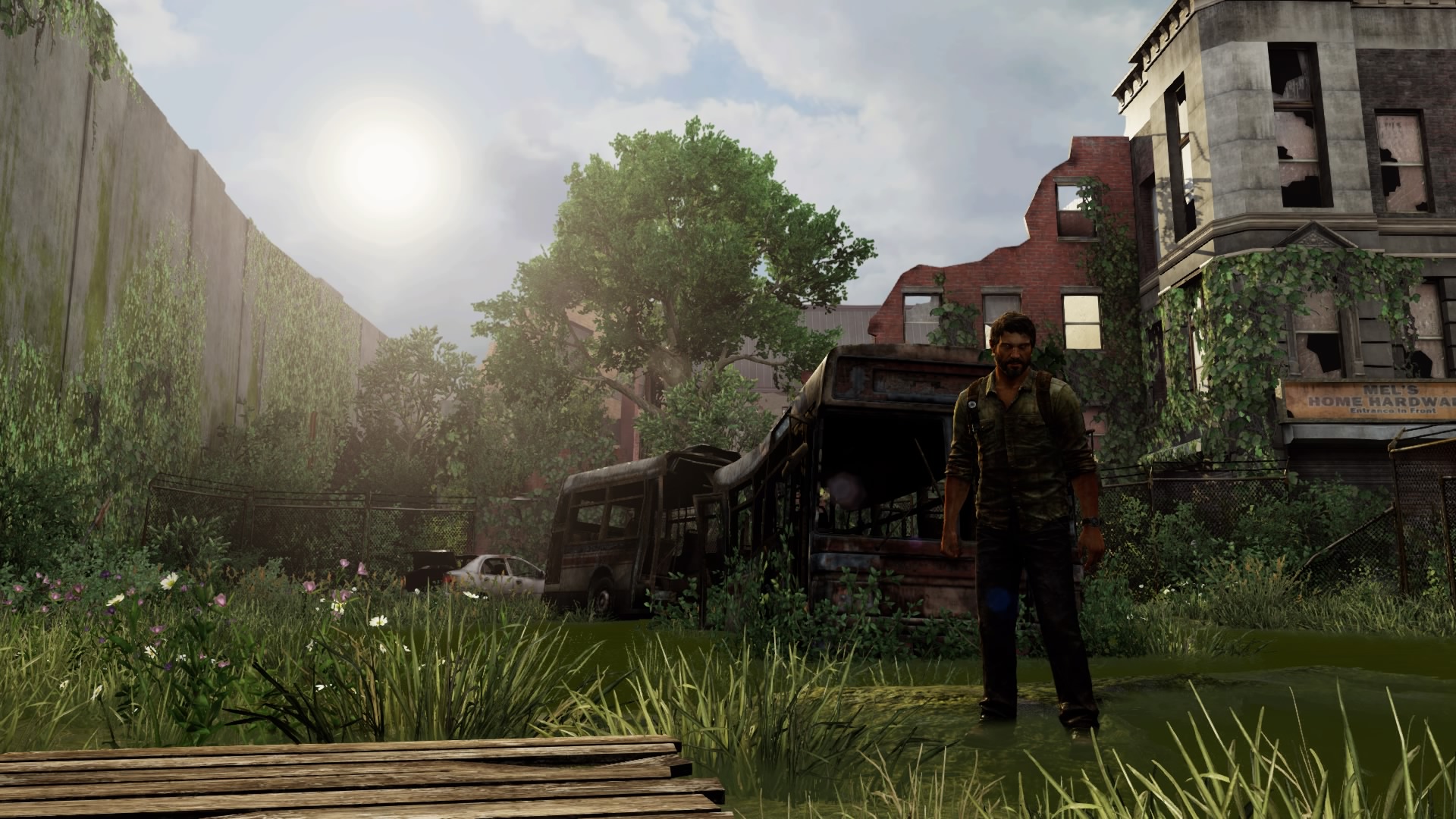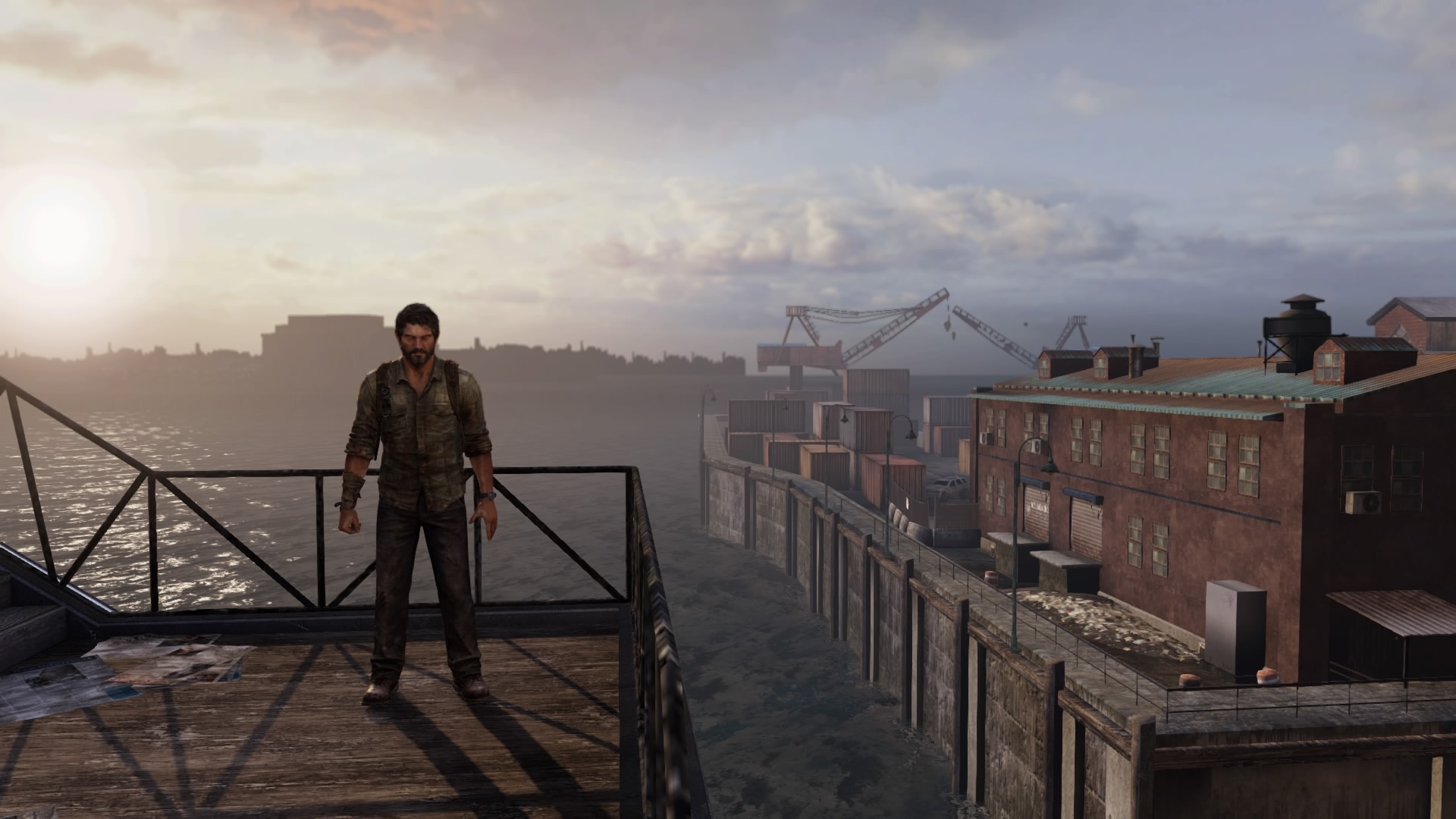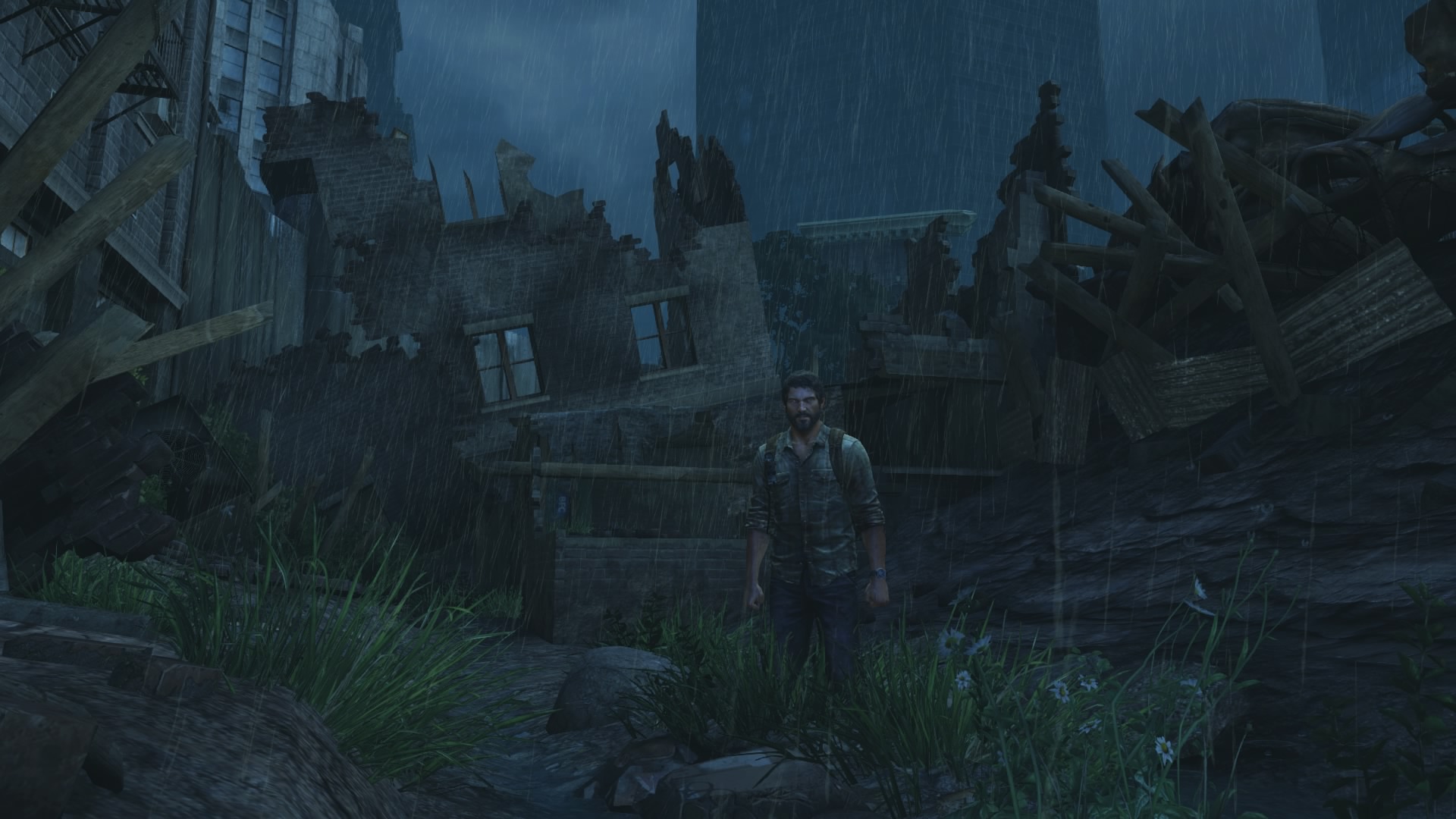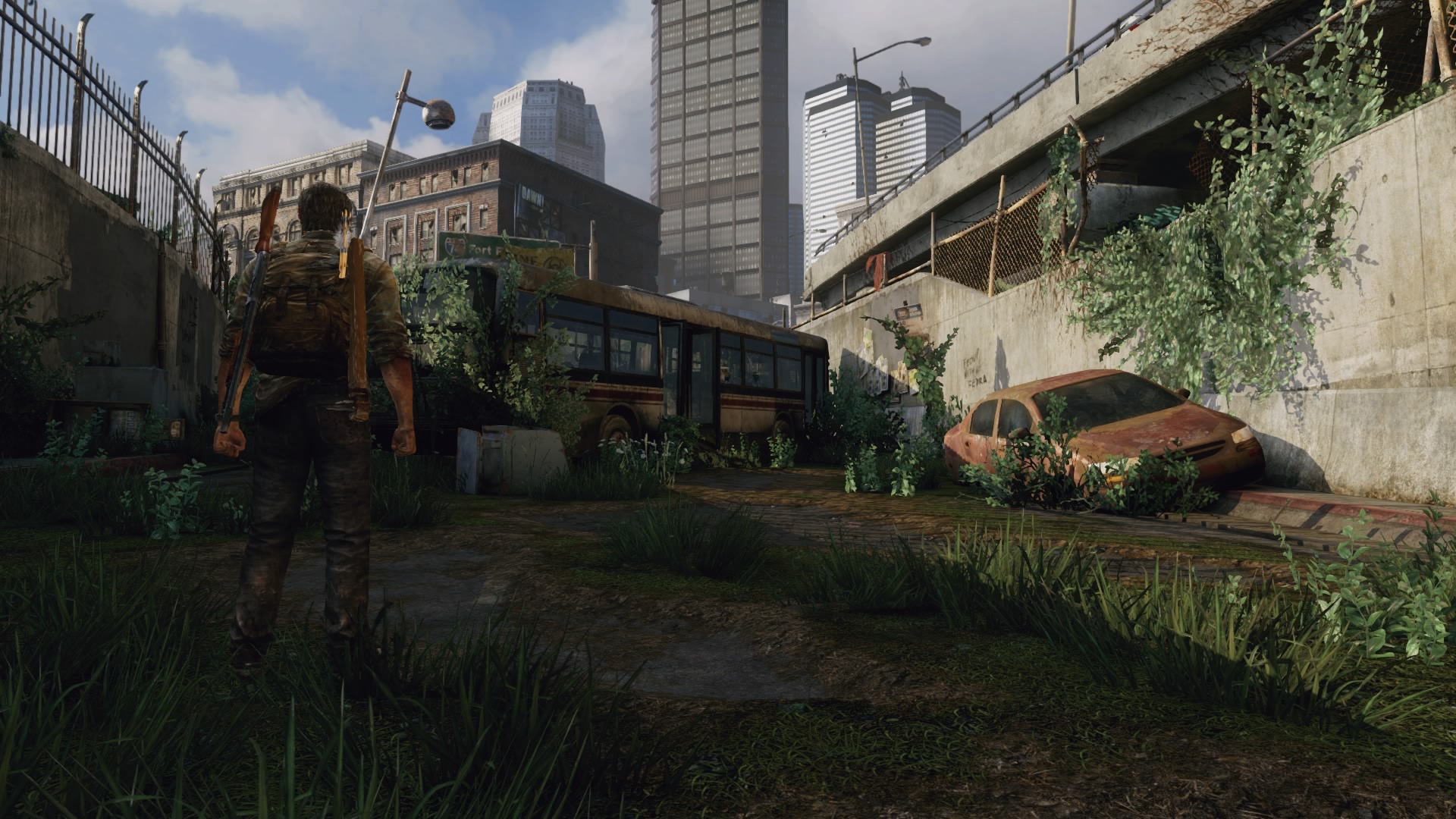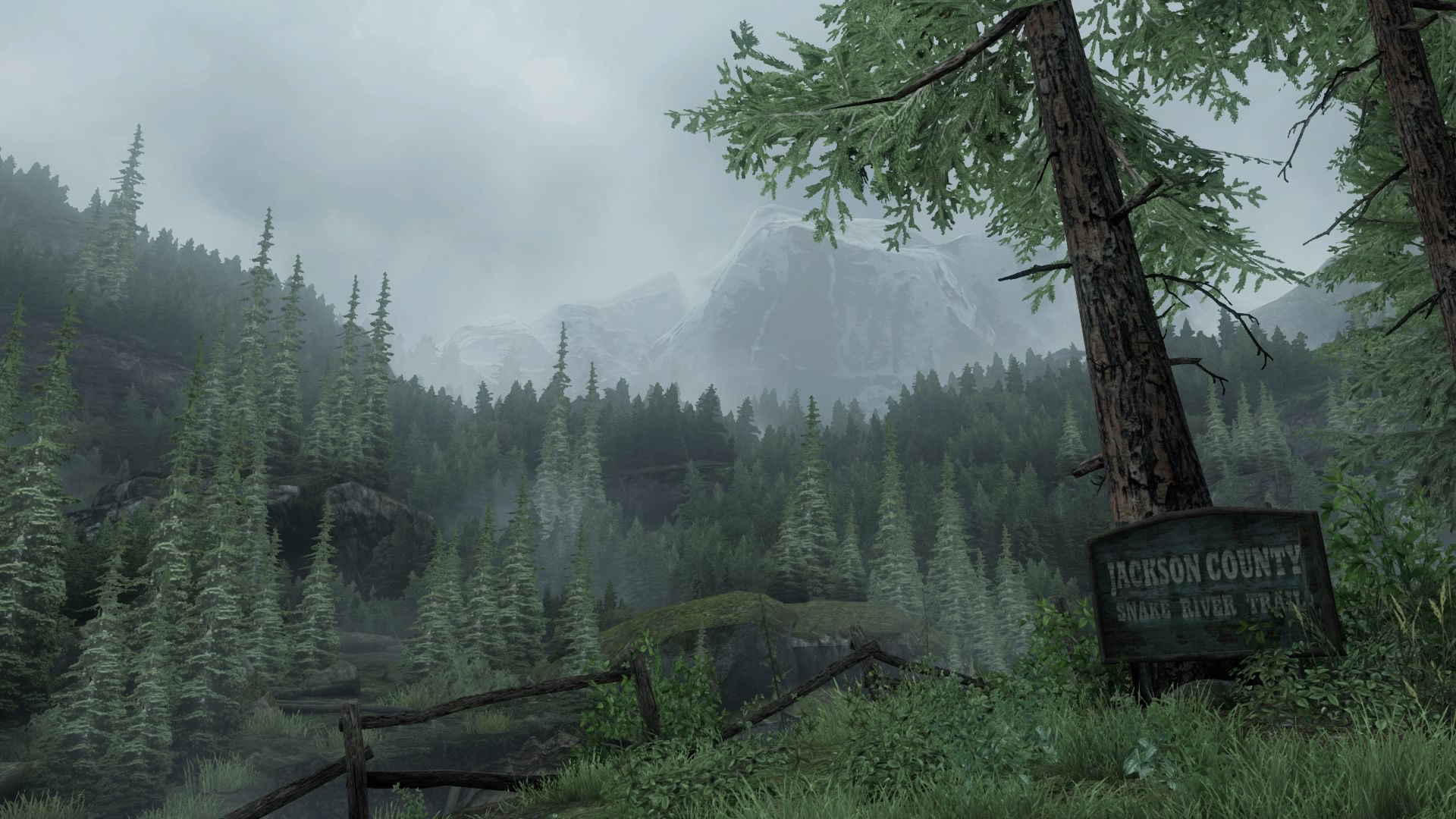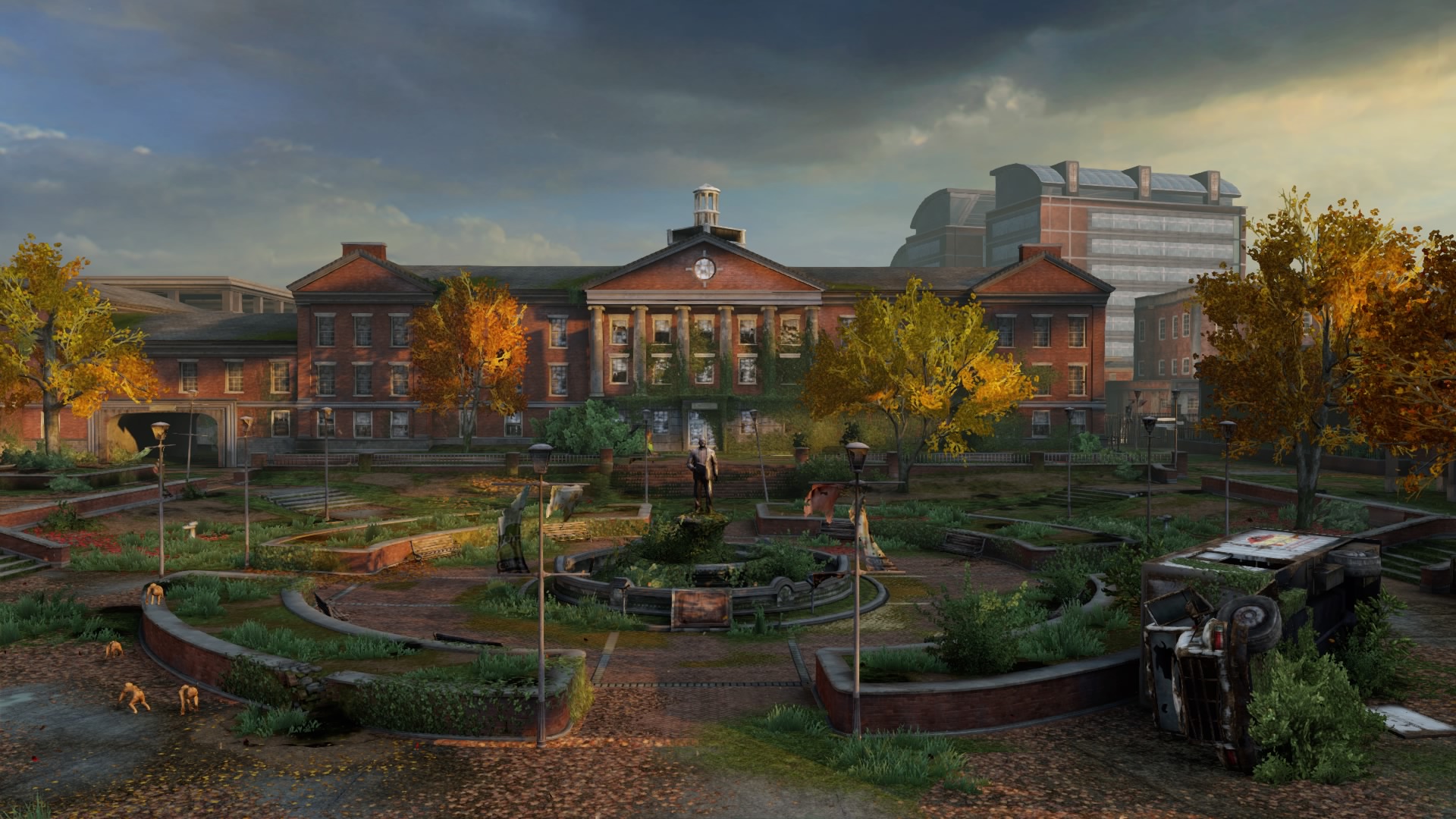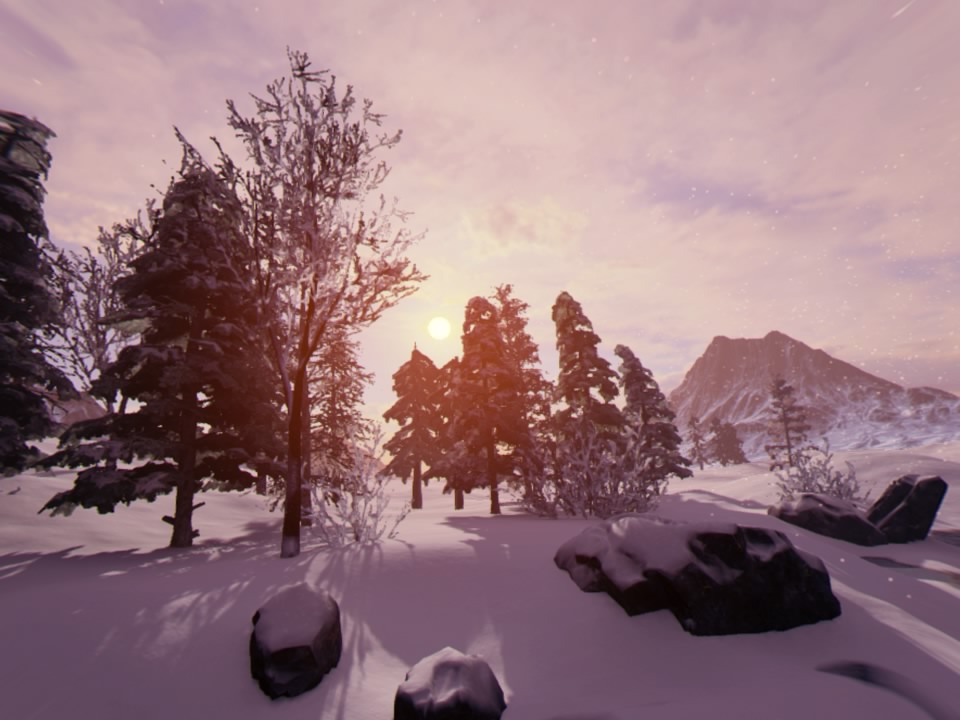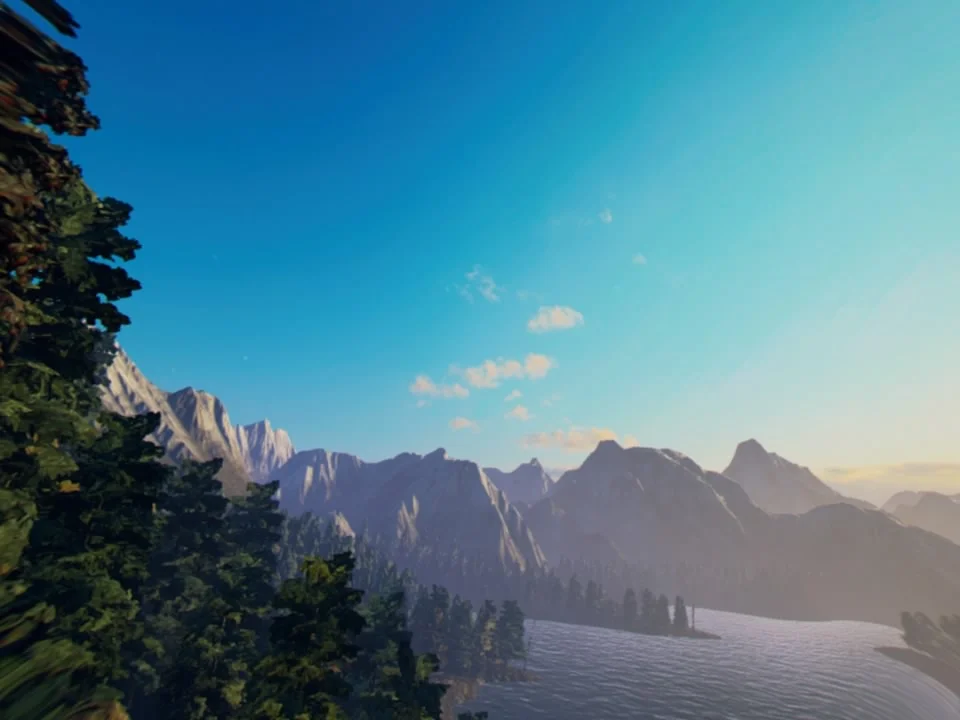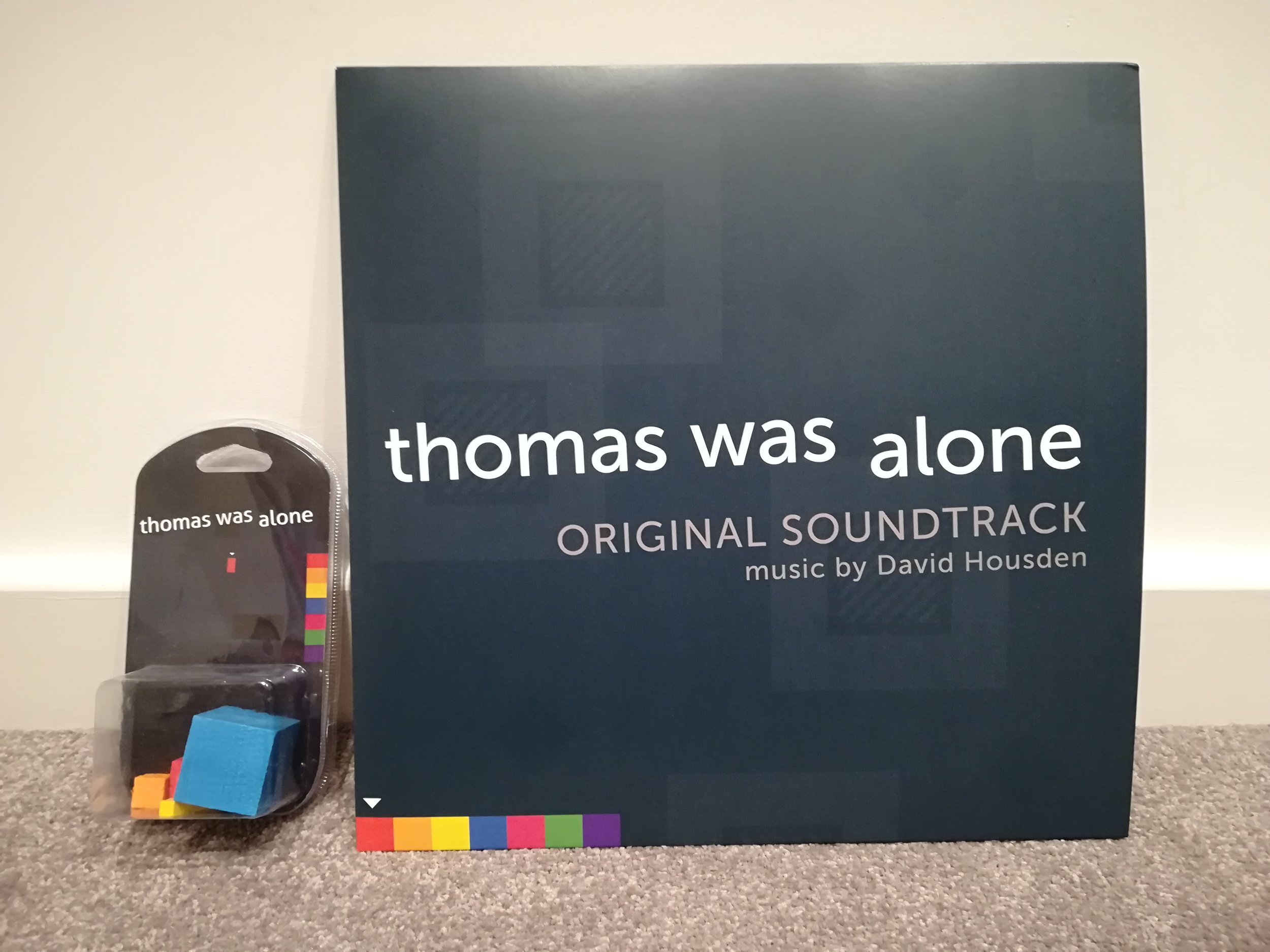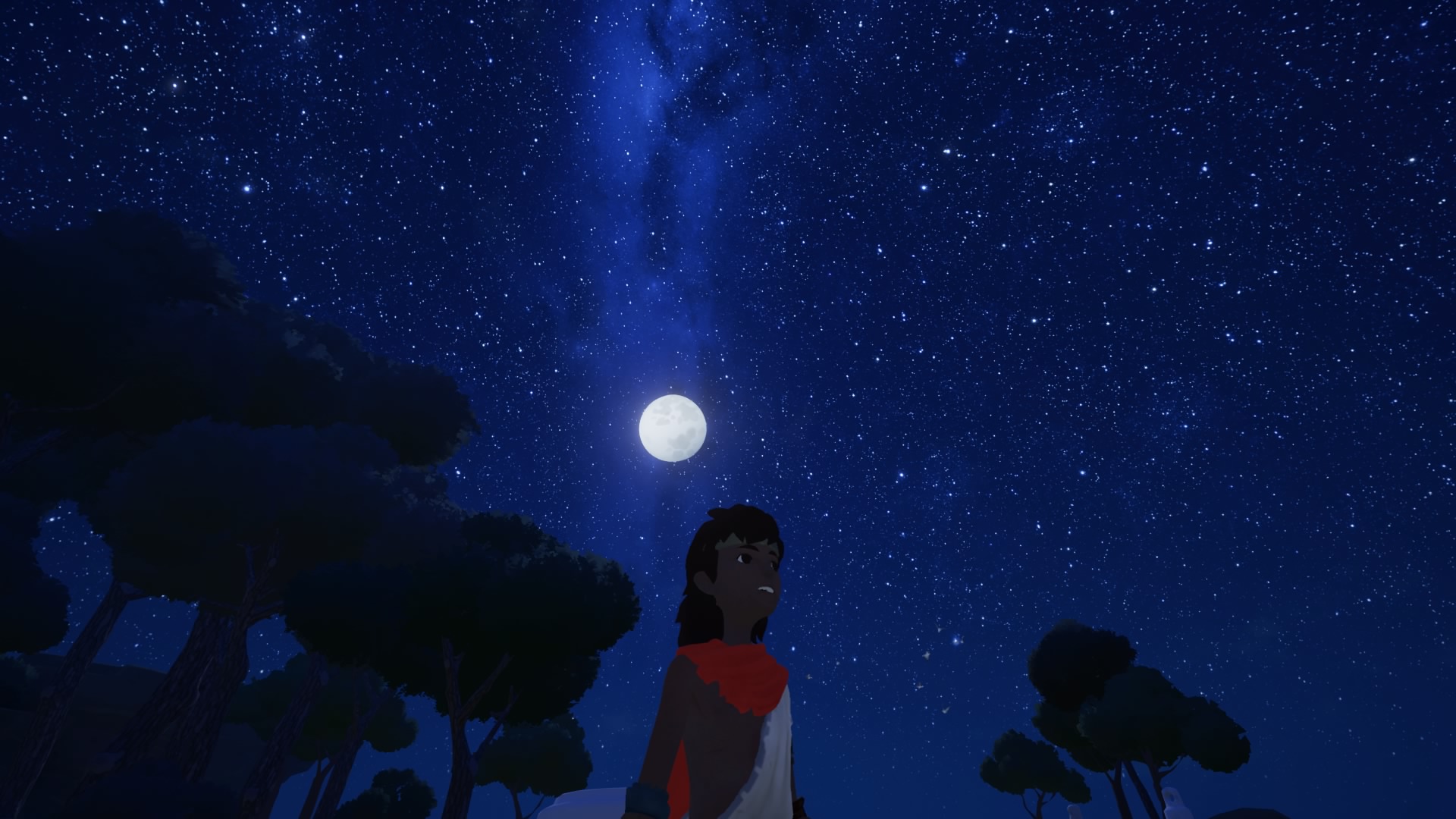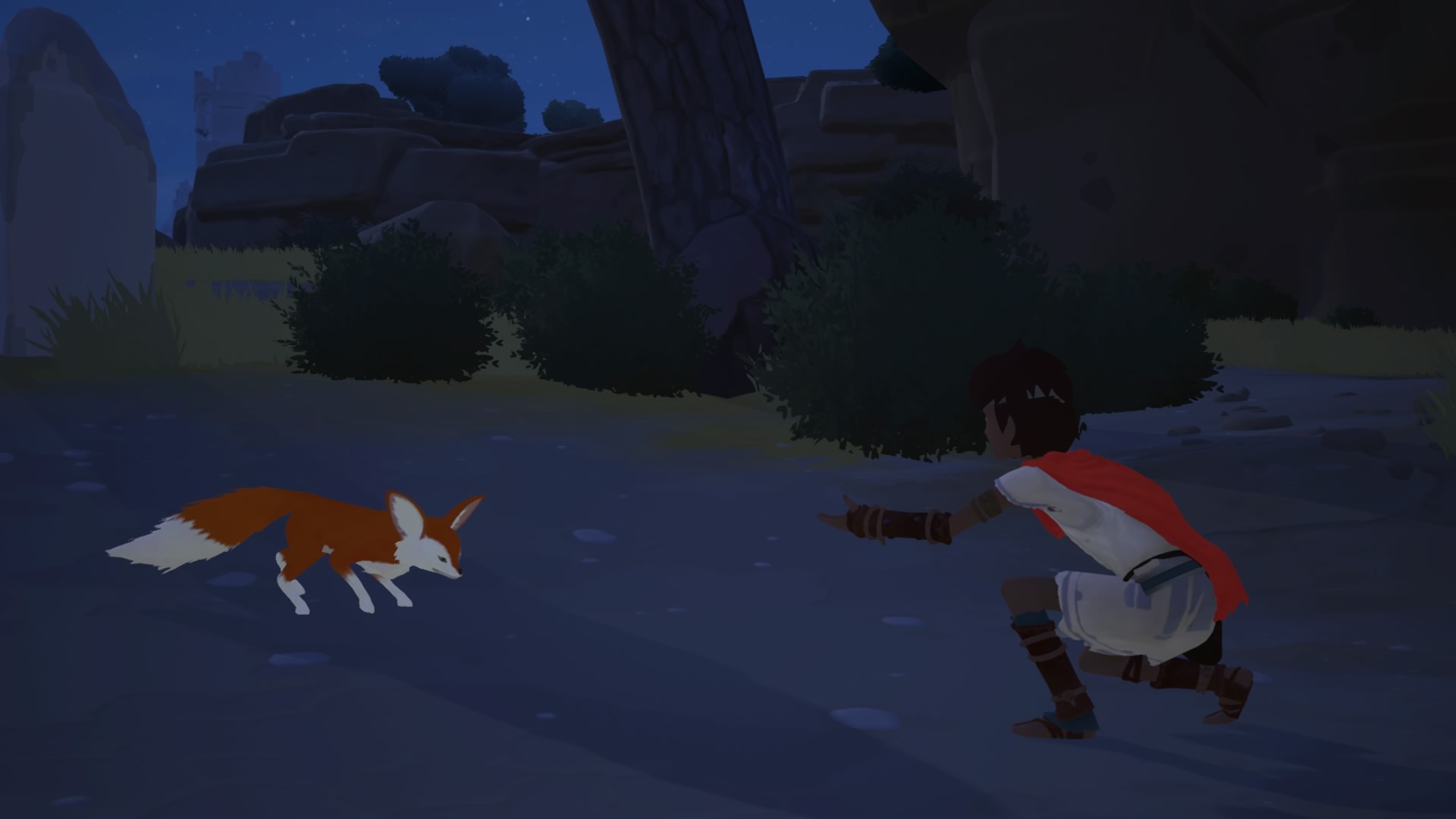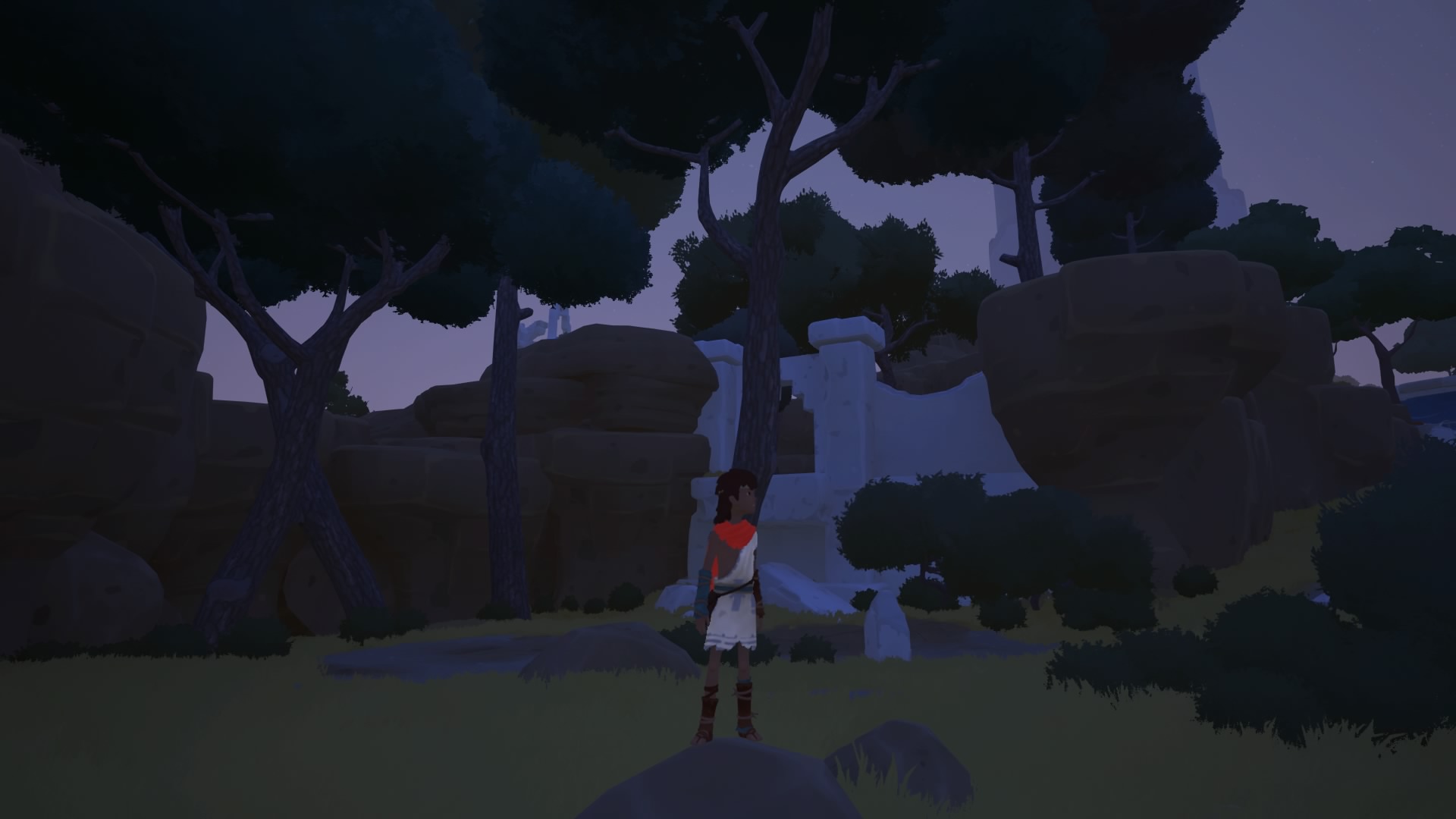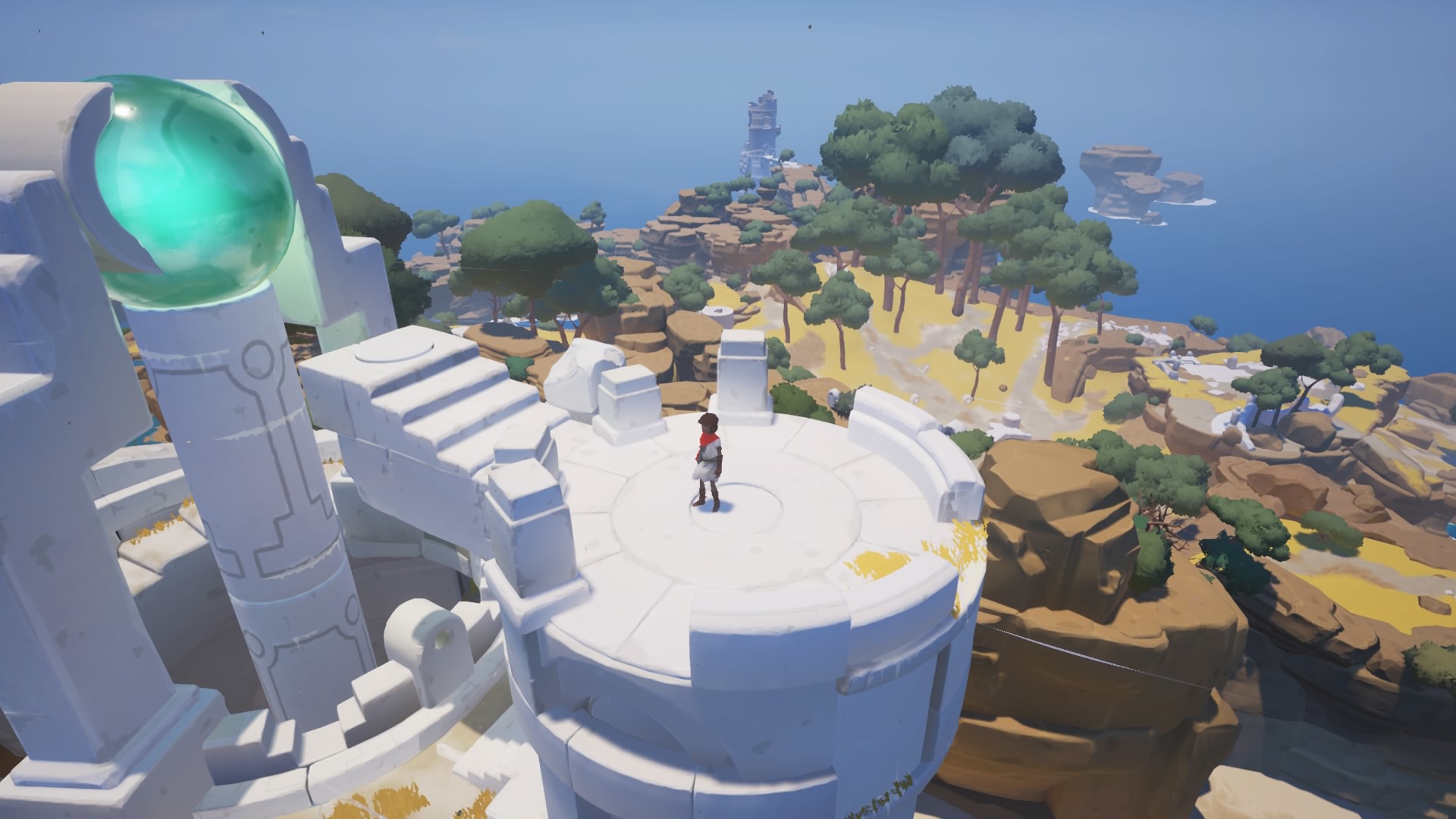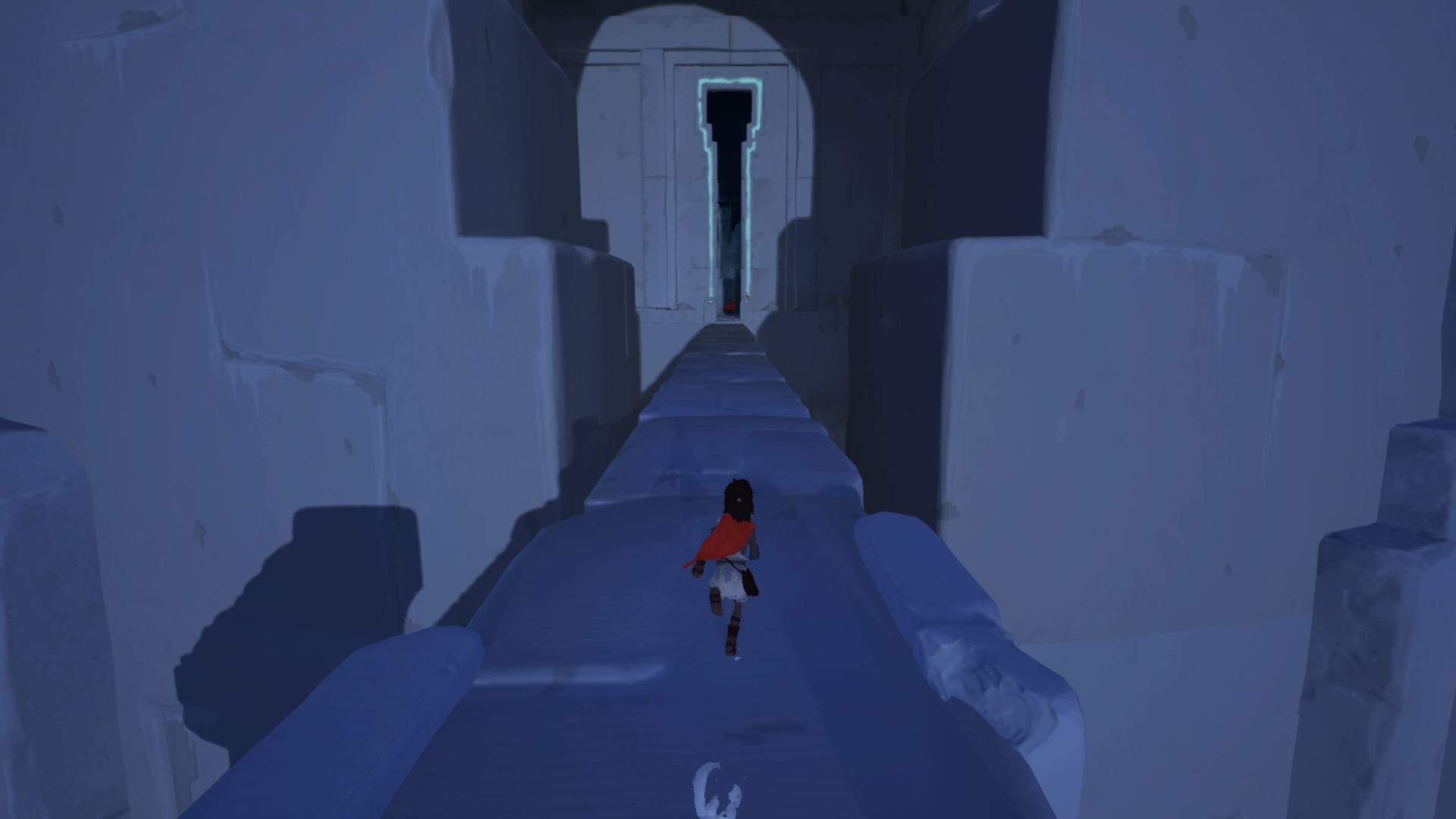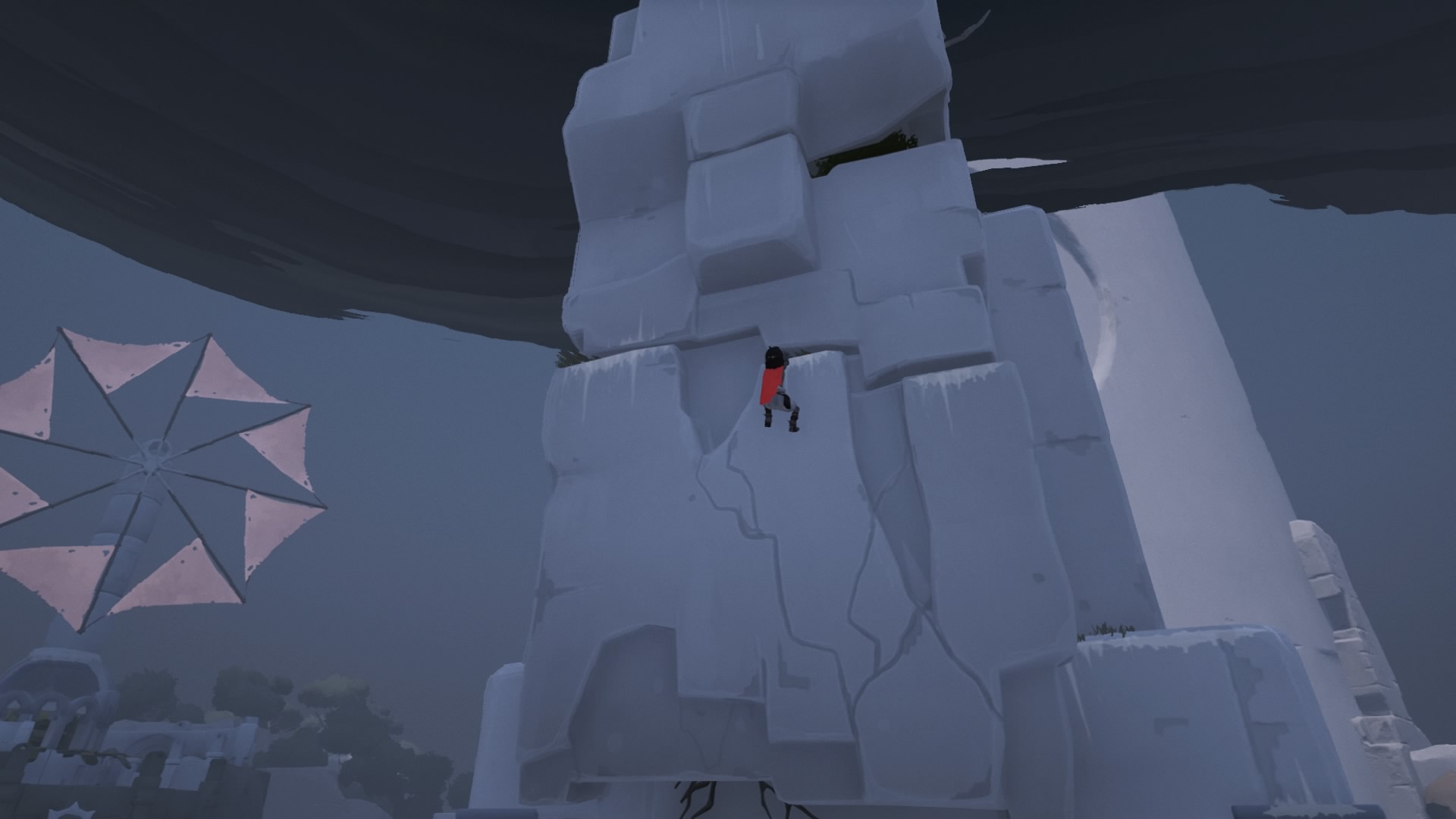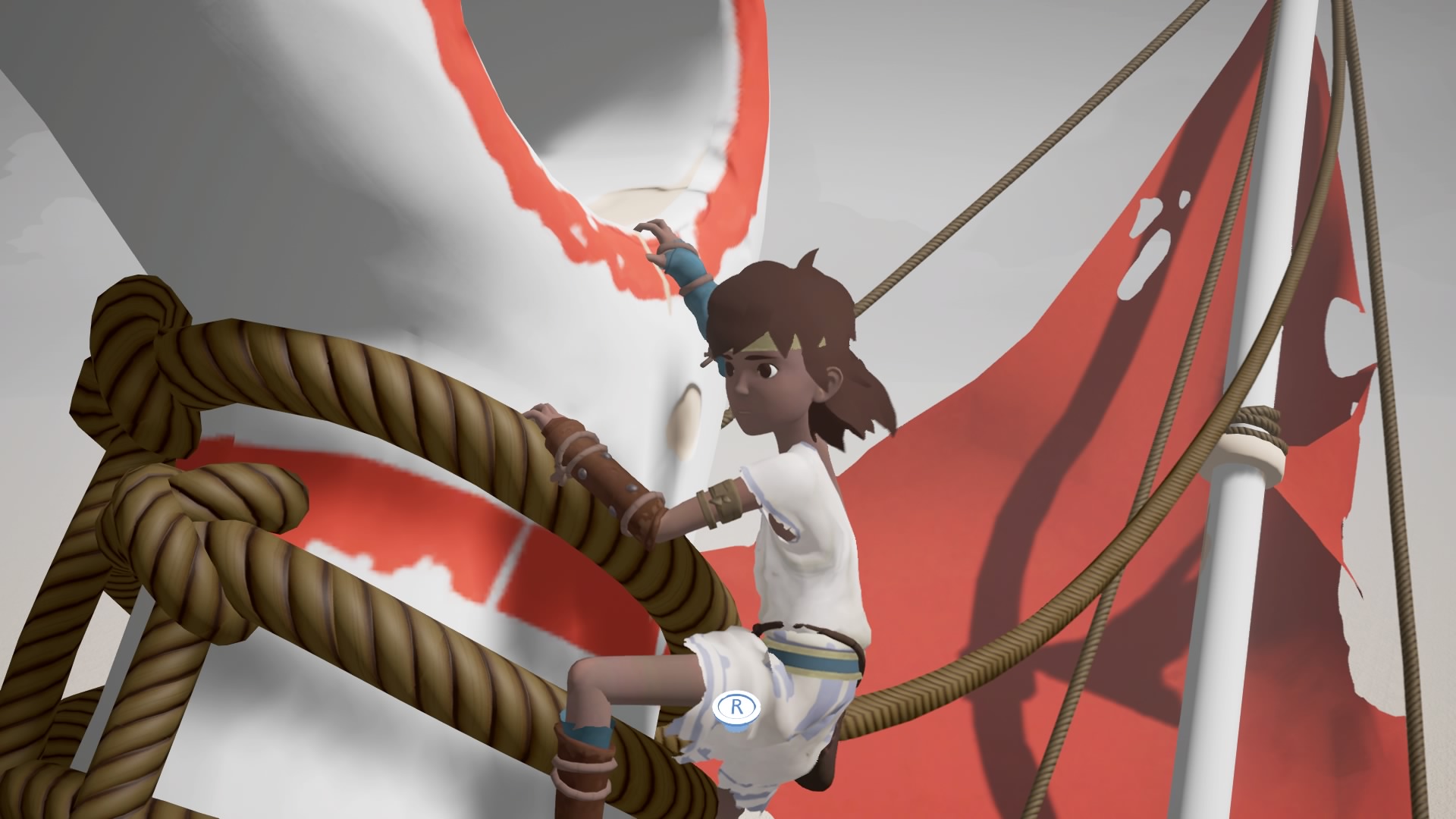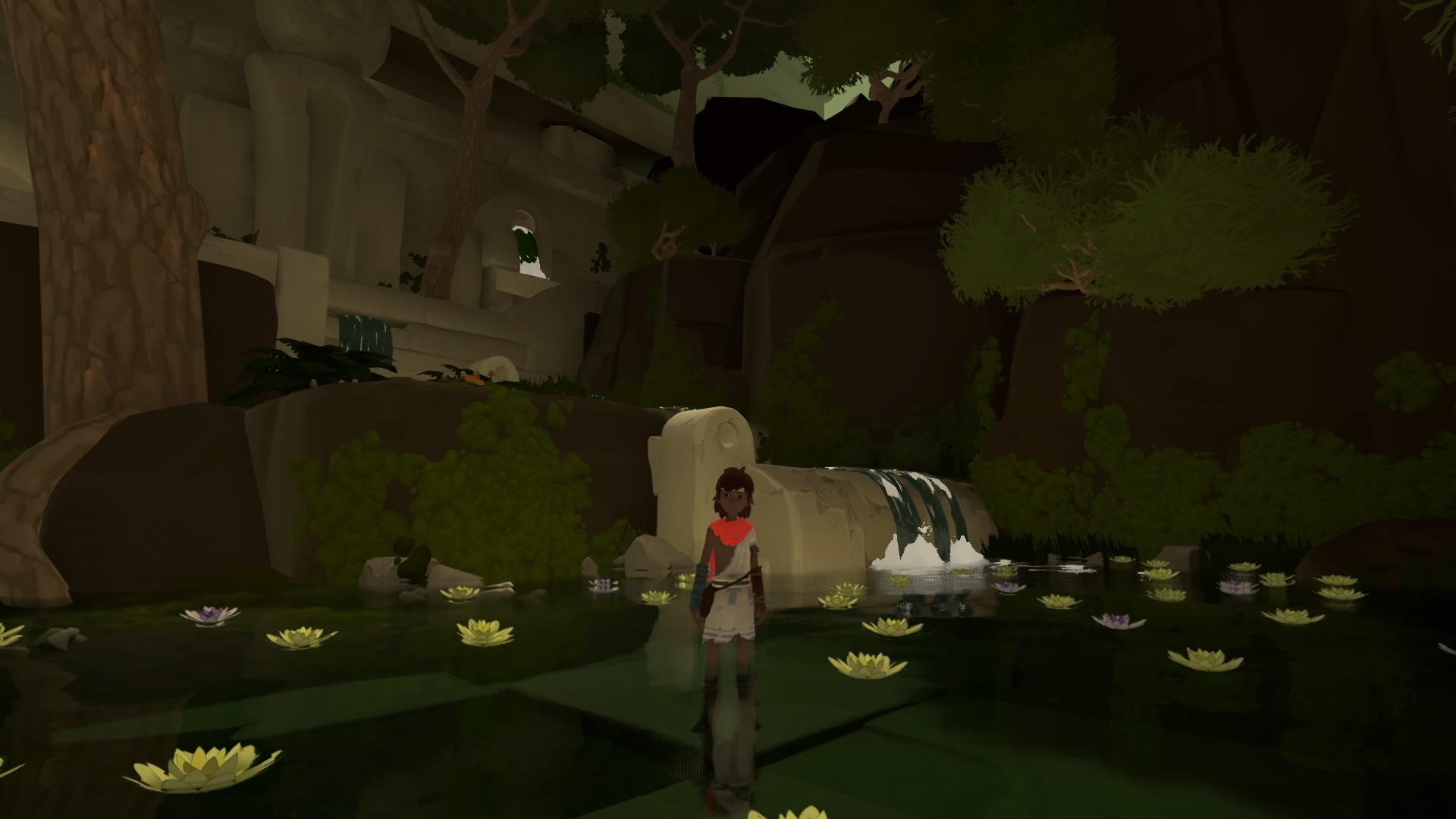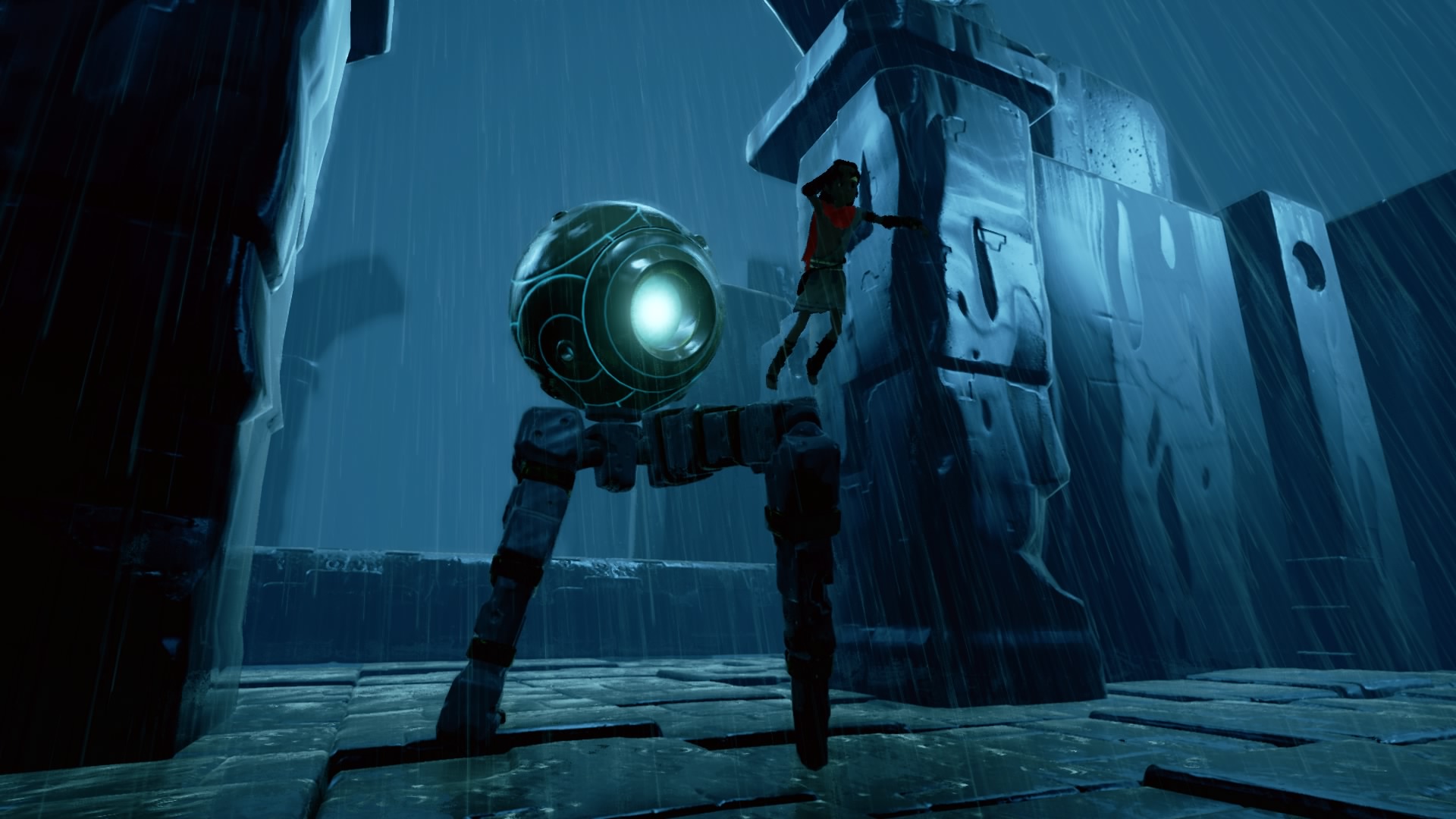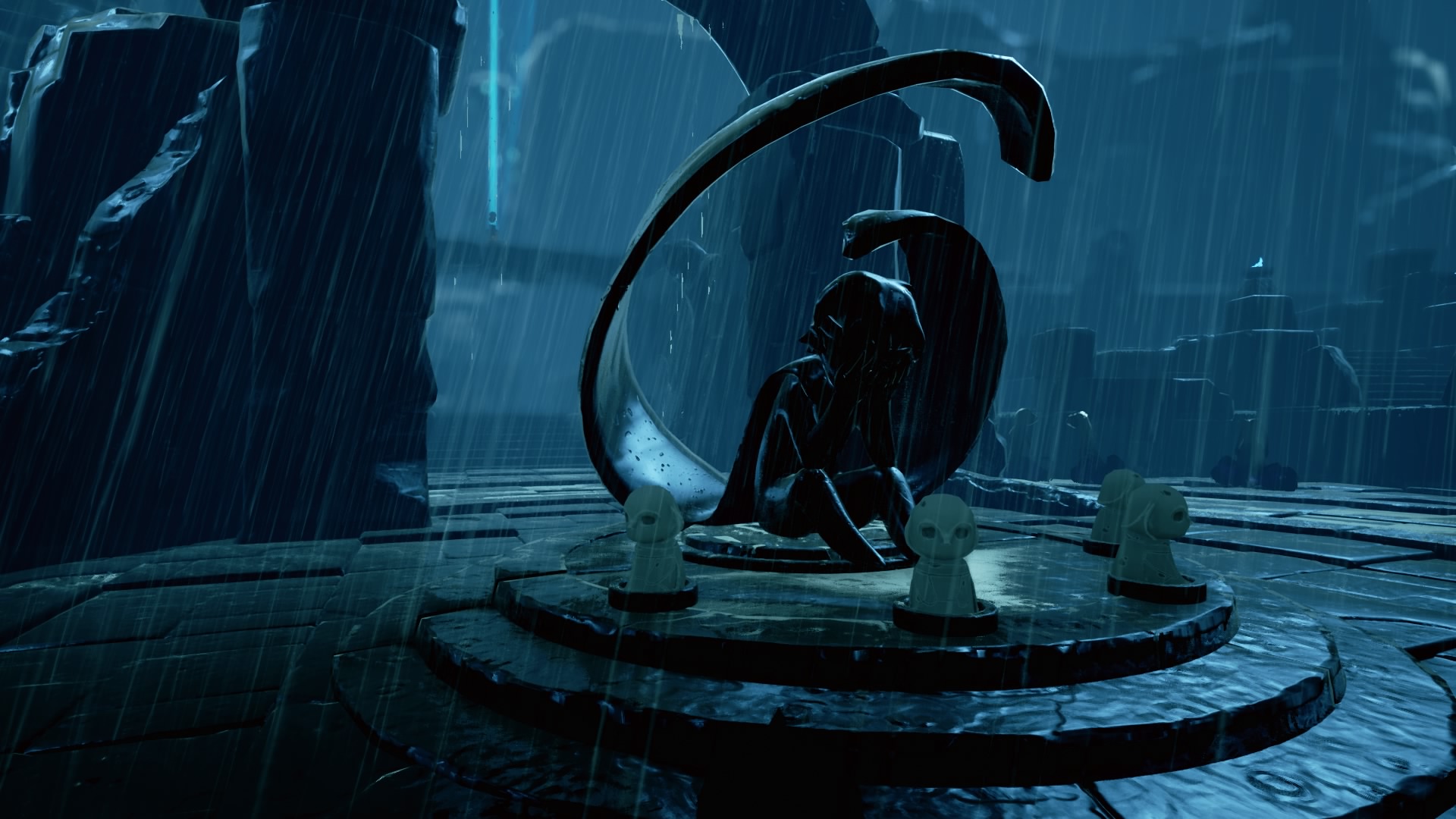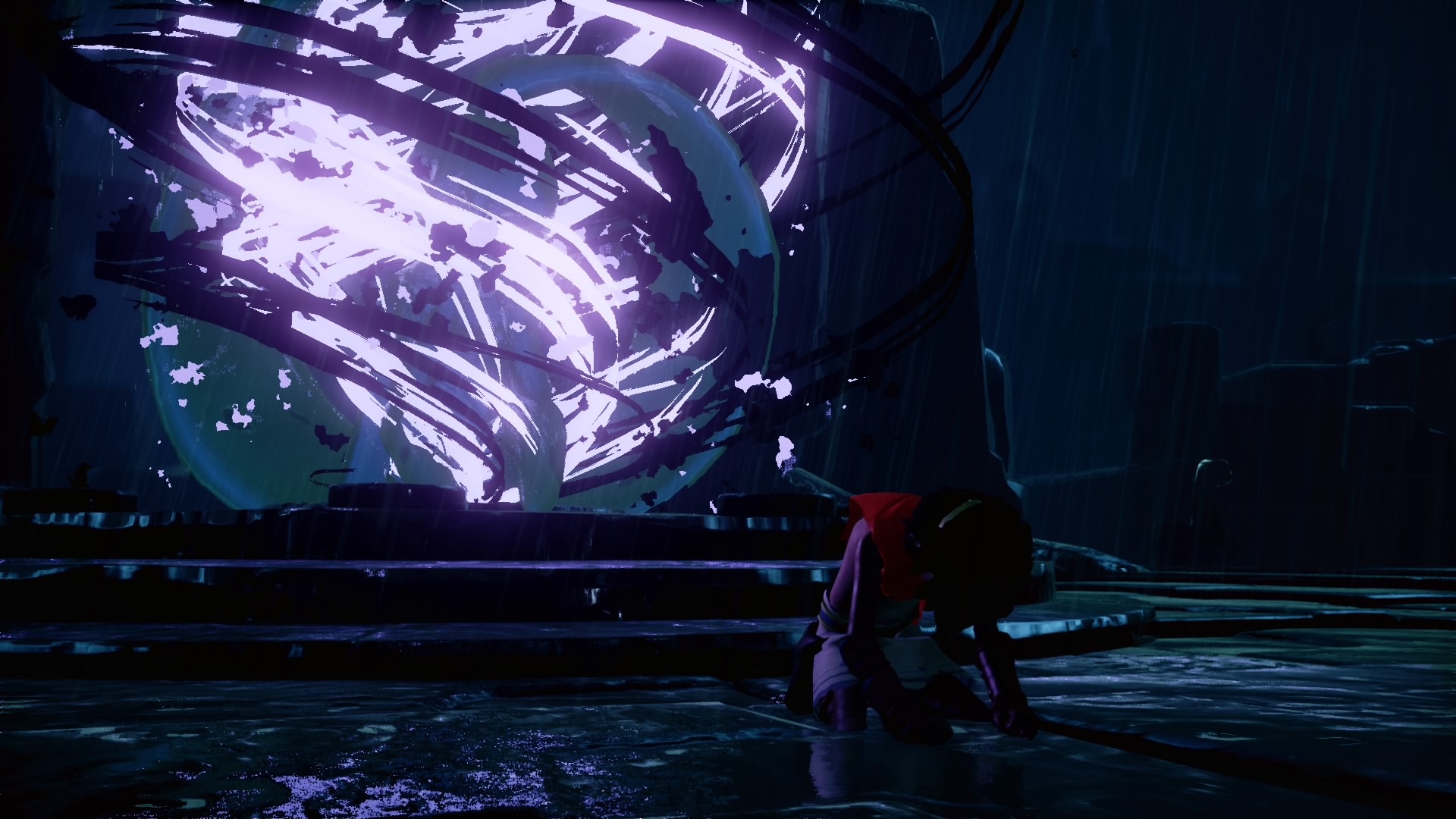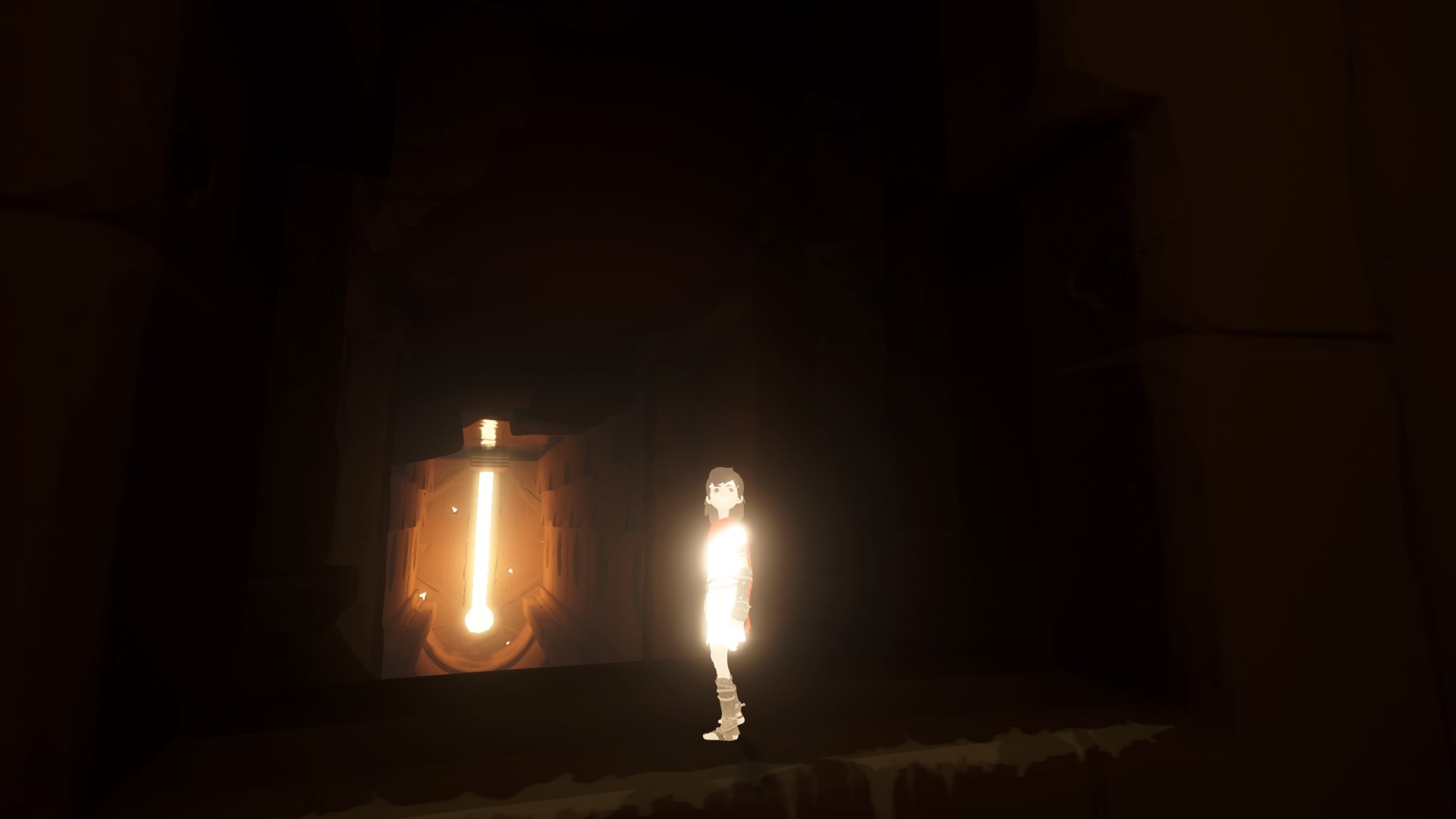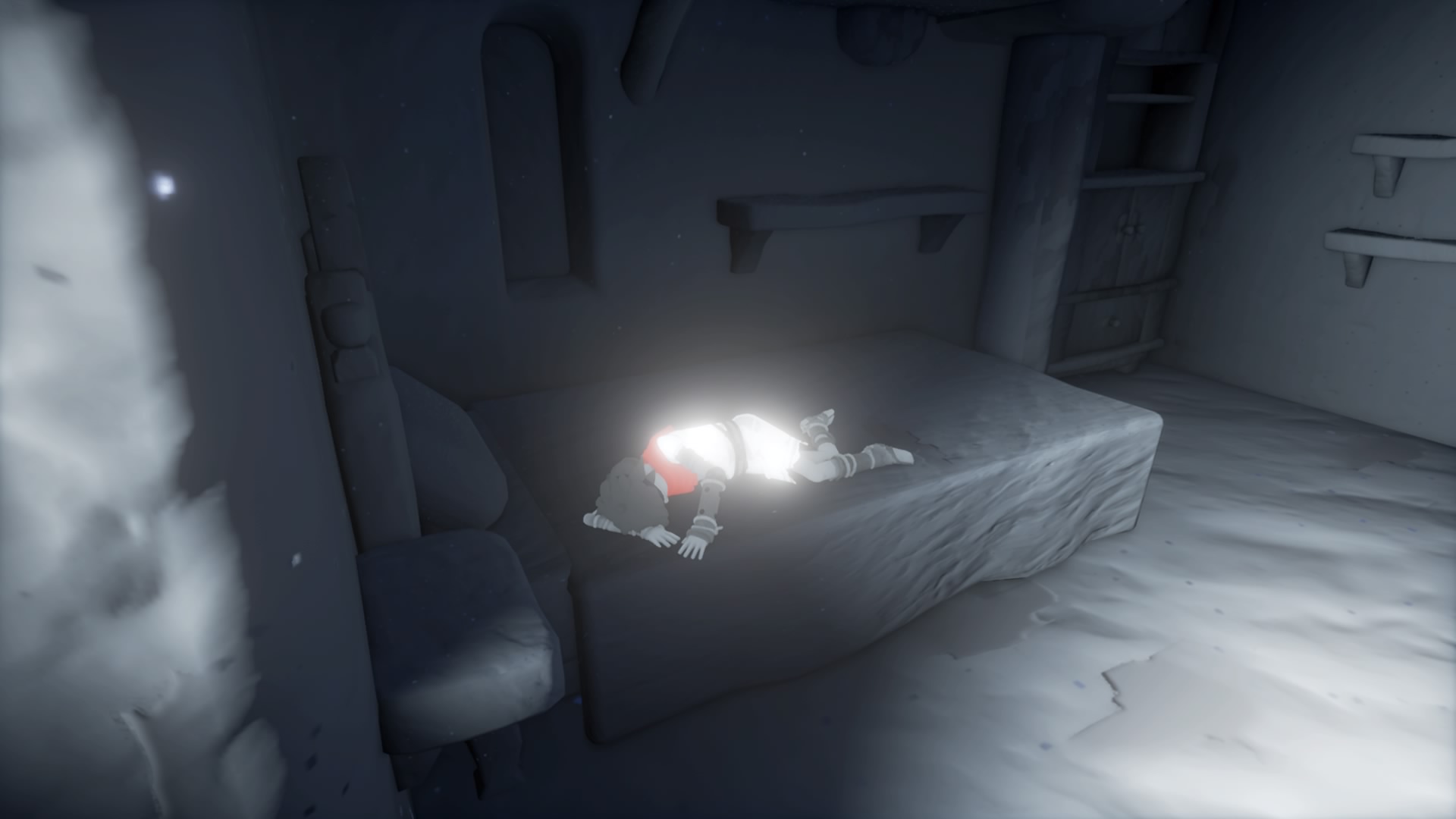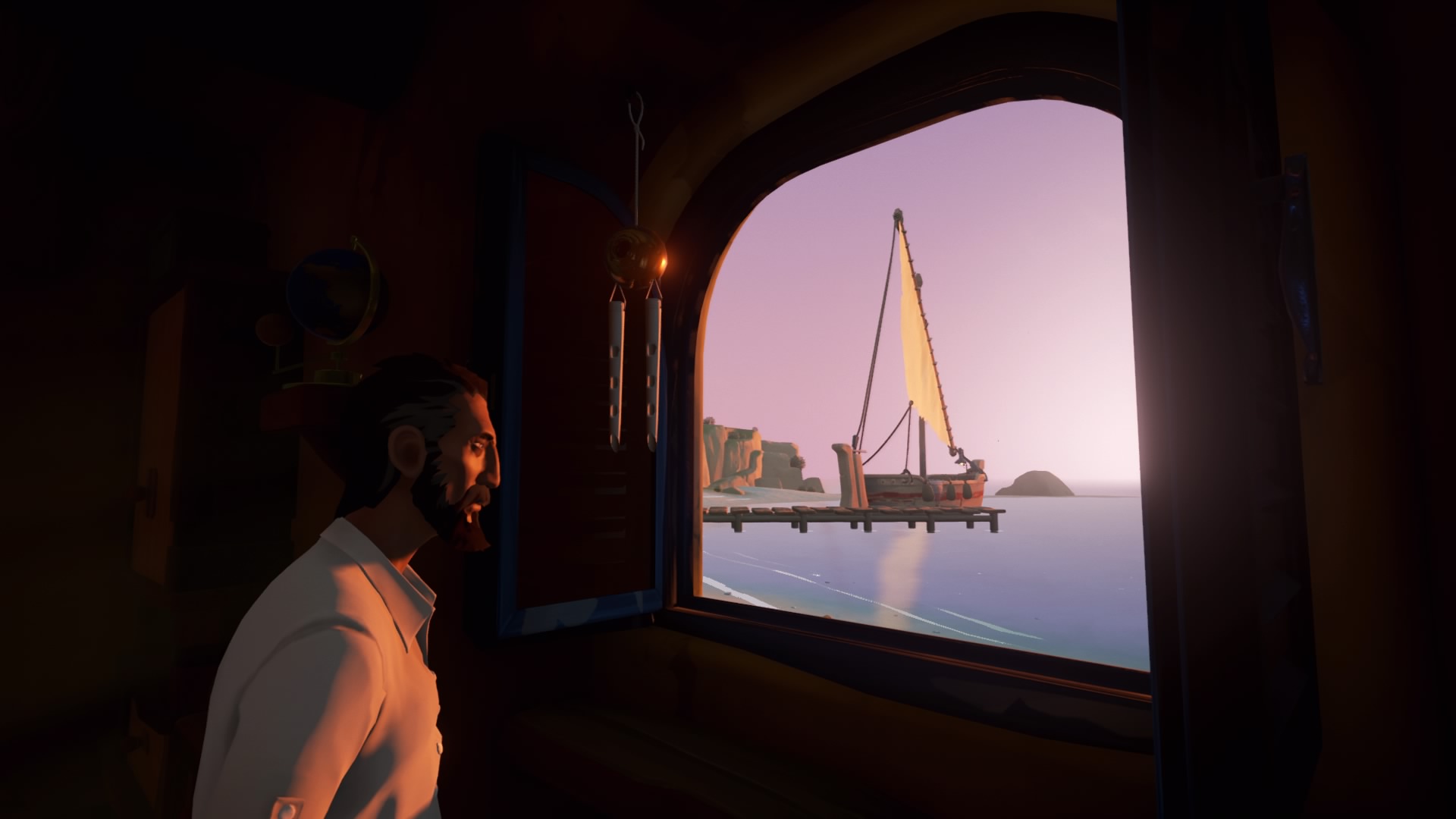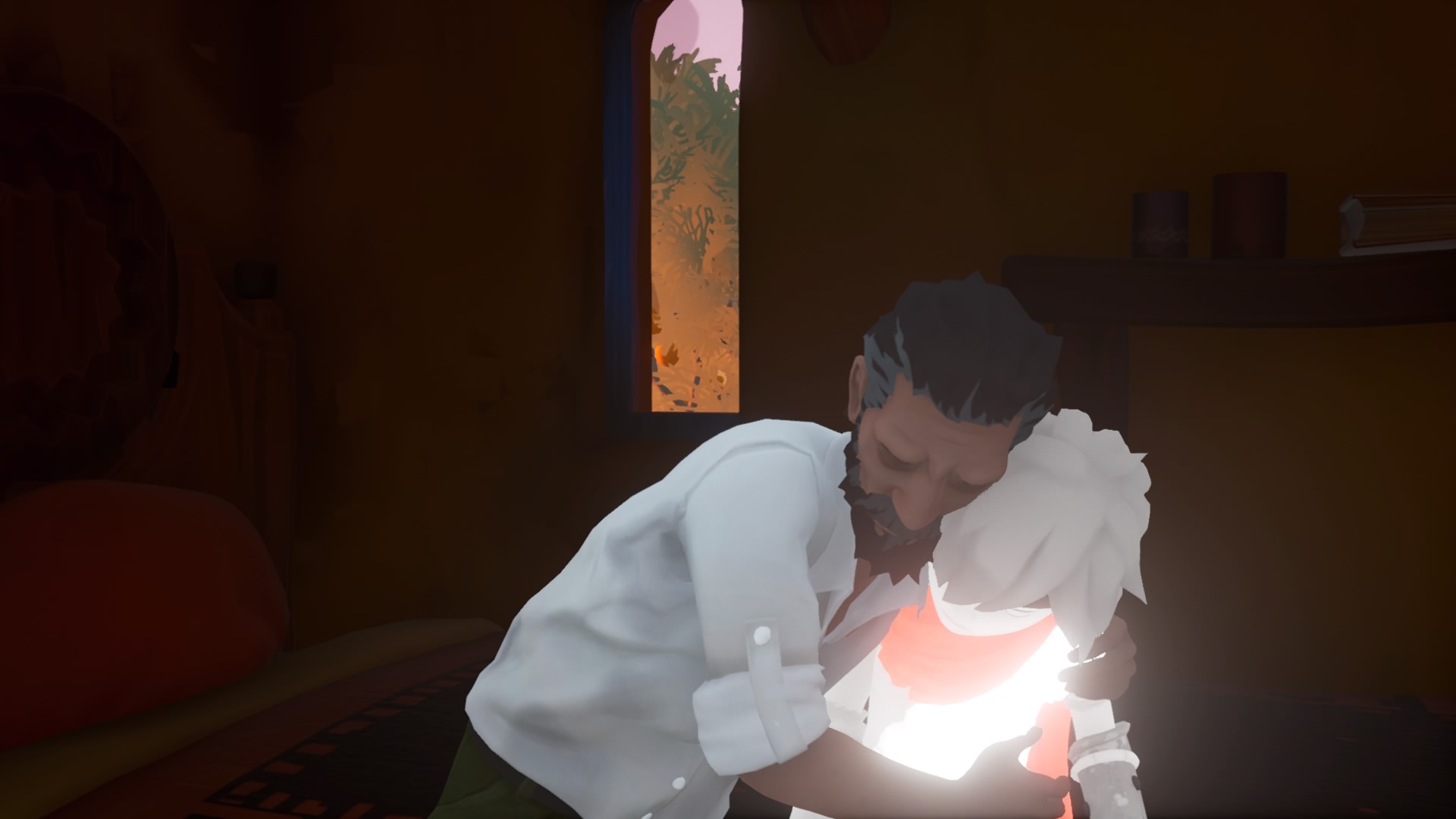It's a topic that keeps cropping up every now and again, usually when Nintendo release their new console: should video games 'grow up?' People often criticise Nintendo for only appealing to children or an immature audience, saying they should provide more "mature" games on their platform. However I really value having excellent games that aren't trying to be ''edgy'' or '' dark'' all the time. Don't get me wrong, I love serious and intense games but it's a relief sometimes to play a game that isn't all about blood, guts and killing. Shooting everything that moves has its appeal but there are lots of game that do that.
Nintendo isn't just for kids, as a parent I play a lot of Nintendo games in front of my daughter as she won't get nightmares but feels engaged too.
The older you get, the more you realise how horrible and cruel the real world can actually be, so why would I want my video games to emulate that? Over the past few years it has often felt like we are in the darkest timeliness with some truly horrendous things occurring all around us. We are constantly barraged with horrific imagery, news headlines and 'hot takes' on some dreadful world events so for many video games are an escape from the real world; refuge from the general crap storm happening all around us.
Video games have the potential to test the limits of the imagination and induce a sense of wonder and awe that is often lacking in real life. That's part of the appeal for evergreen games series such as Mario and Zelda.
Don't get me wrong, I'm not saying that all mature content games are bad. Many of them actually tell beautiful stories and have great gameplay, like Nier Automata or The Last of Us. But I believe the people who only want to play gritty games and complain about the vast variety of games that are out there (including walking simulators or simple puzzle games) are themselves immature. Maybe they don't truly understand what video games are capable of and the potential they have to be a unique art-form. As books have a multitude of genres, some which appeal to individuals and some that definitely don't, video games has the same situation developing. Not every game is for you and the sooner some gamers realise that the sooner the medium can move forward and lose some of its toxicity.





















